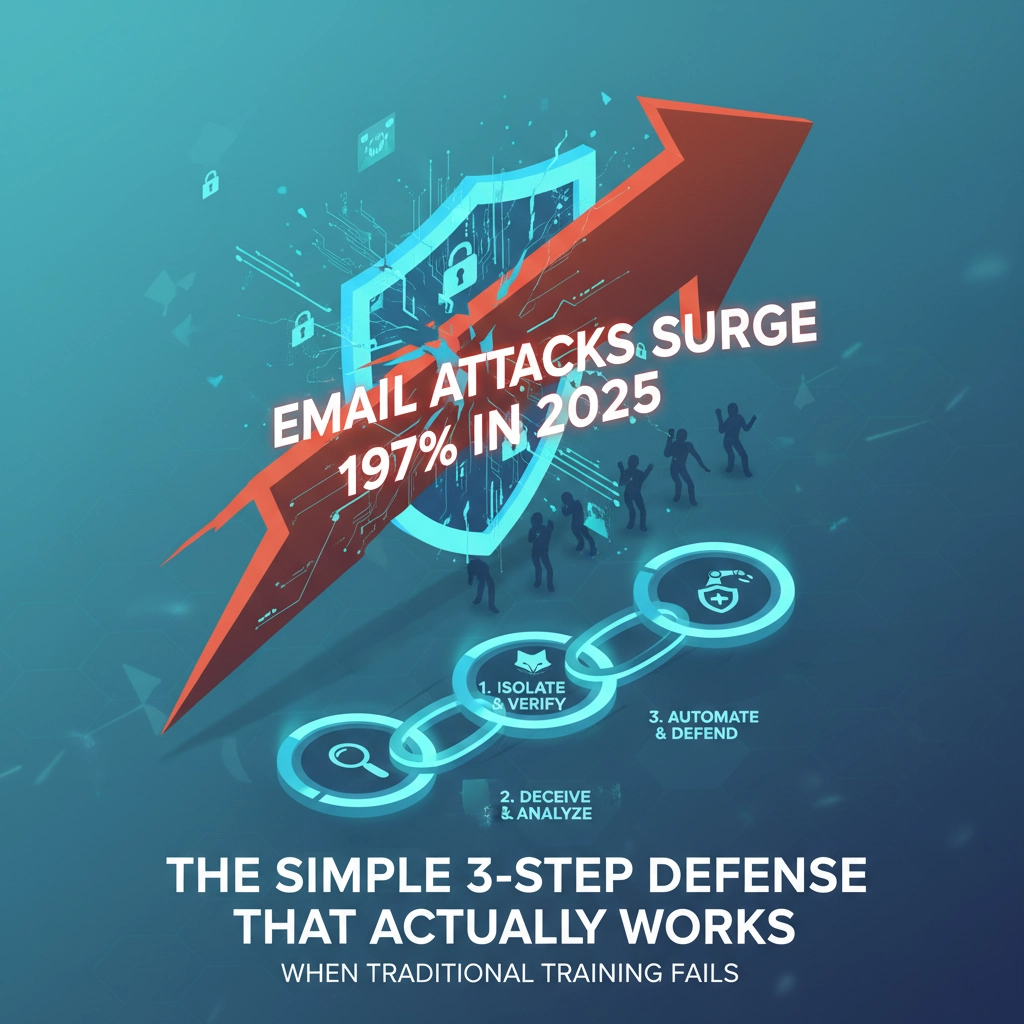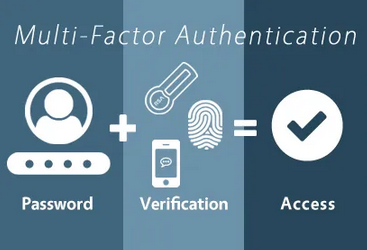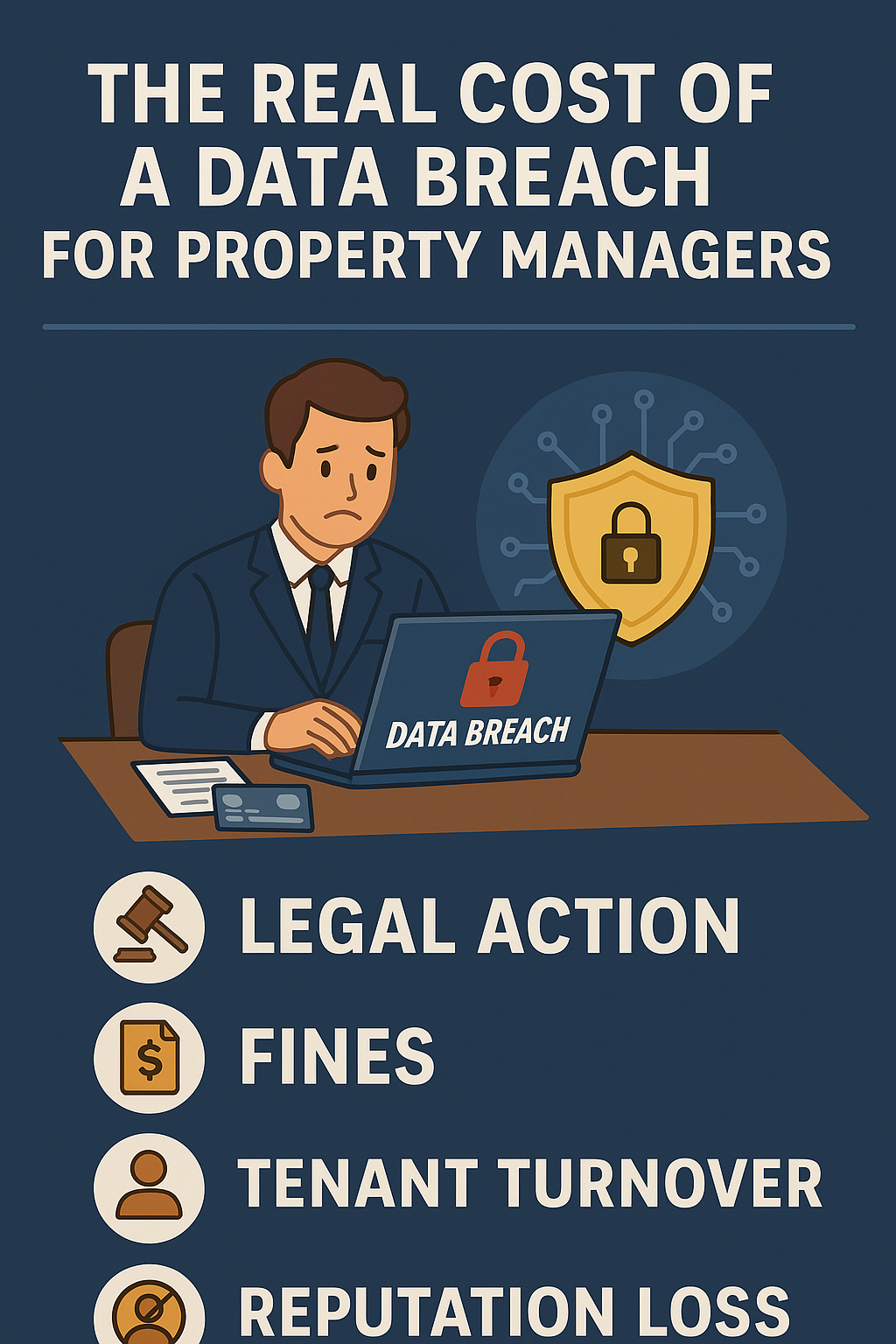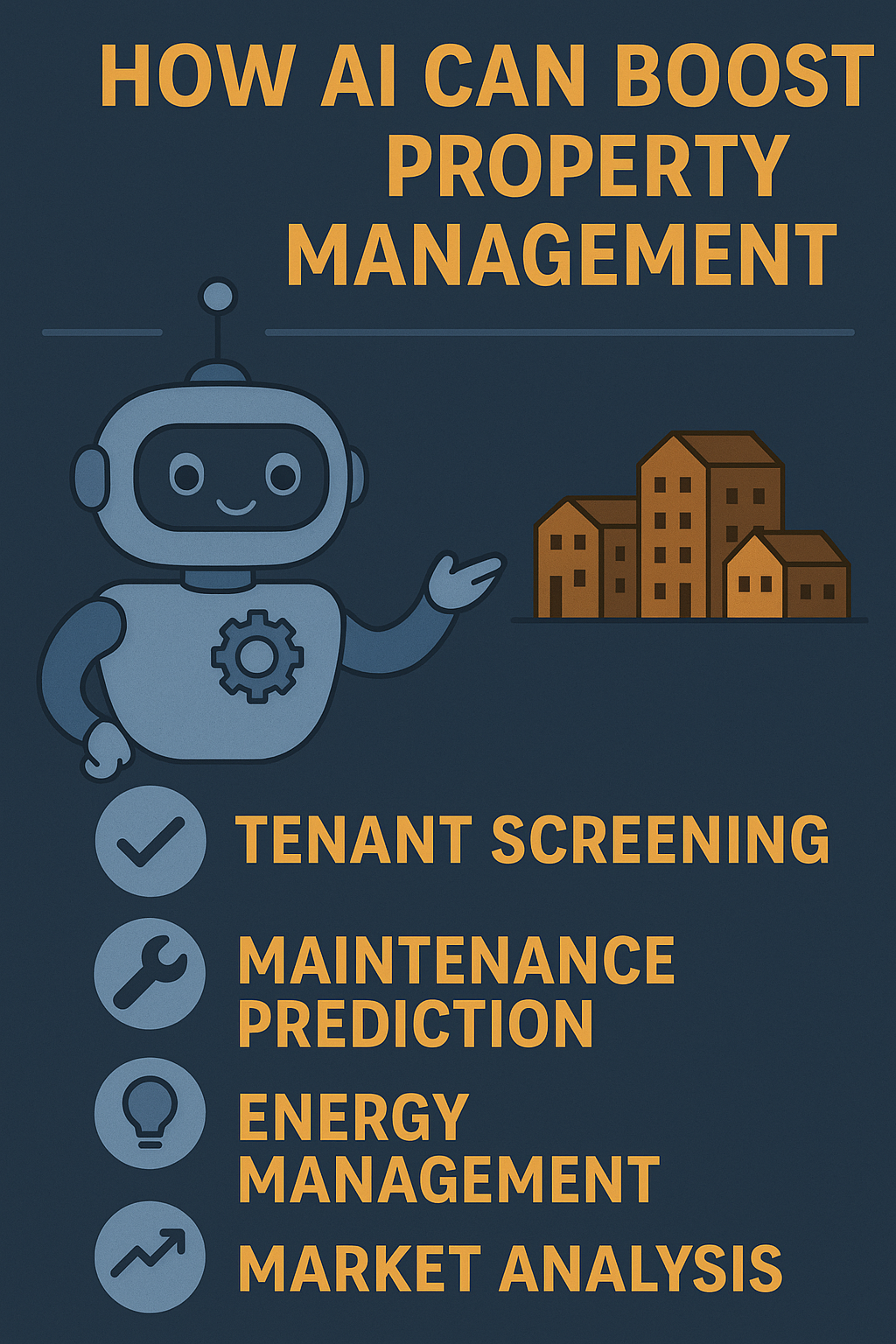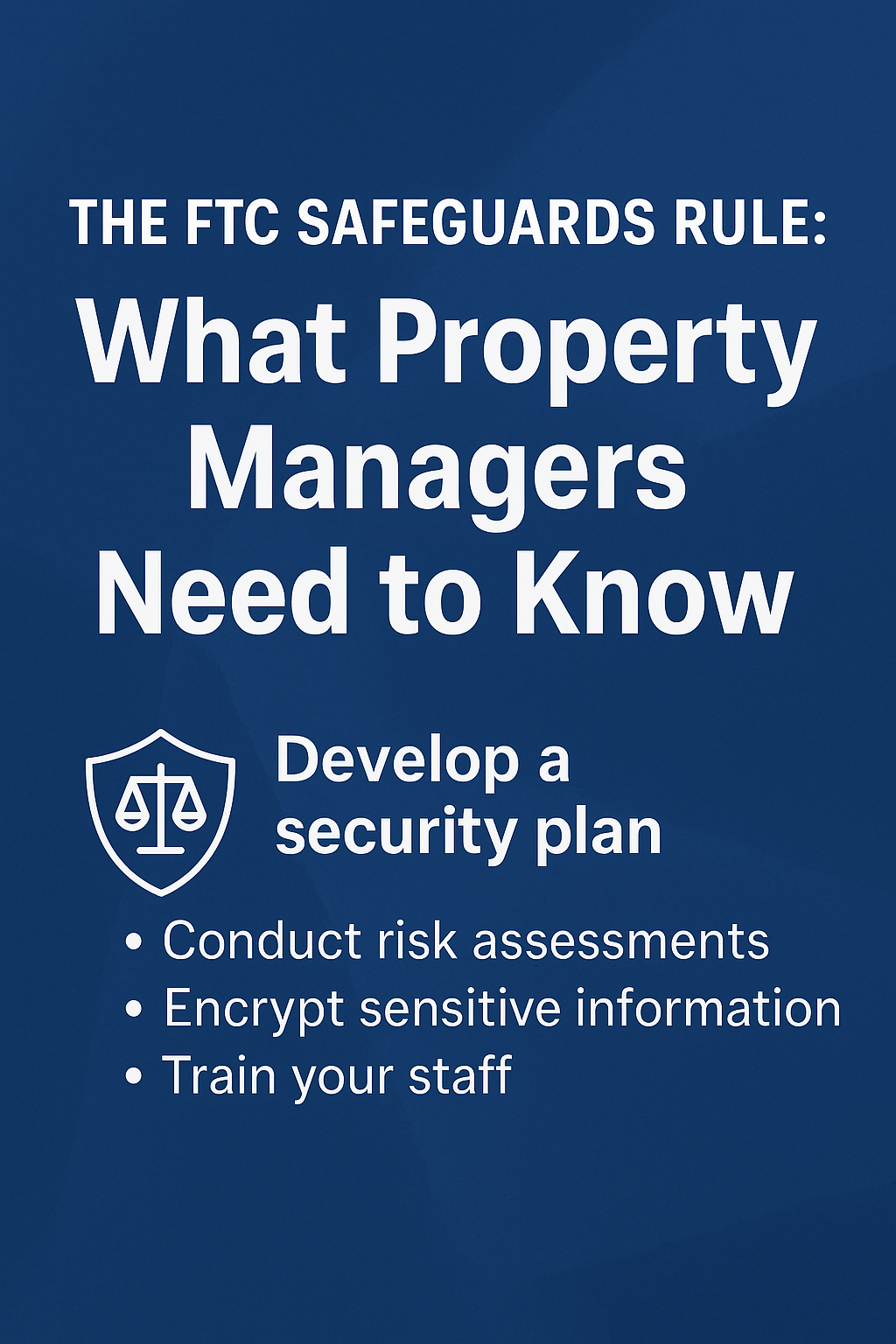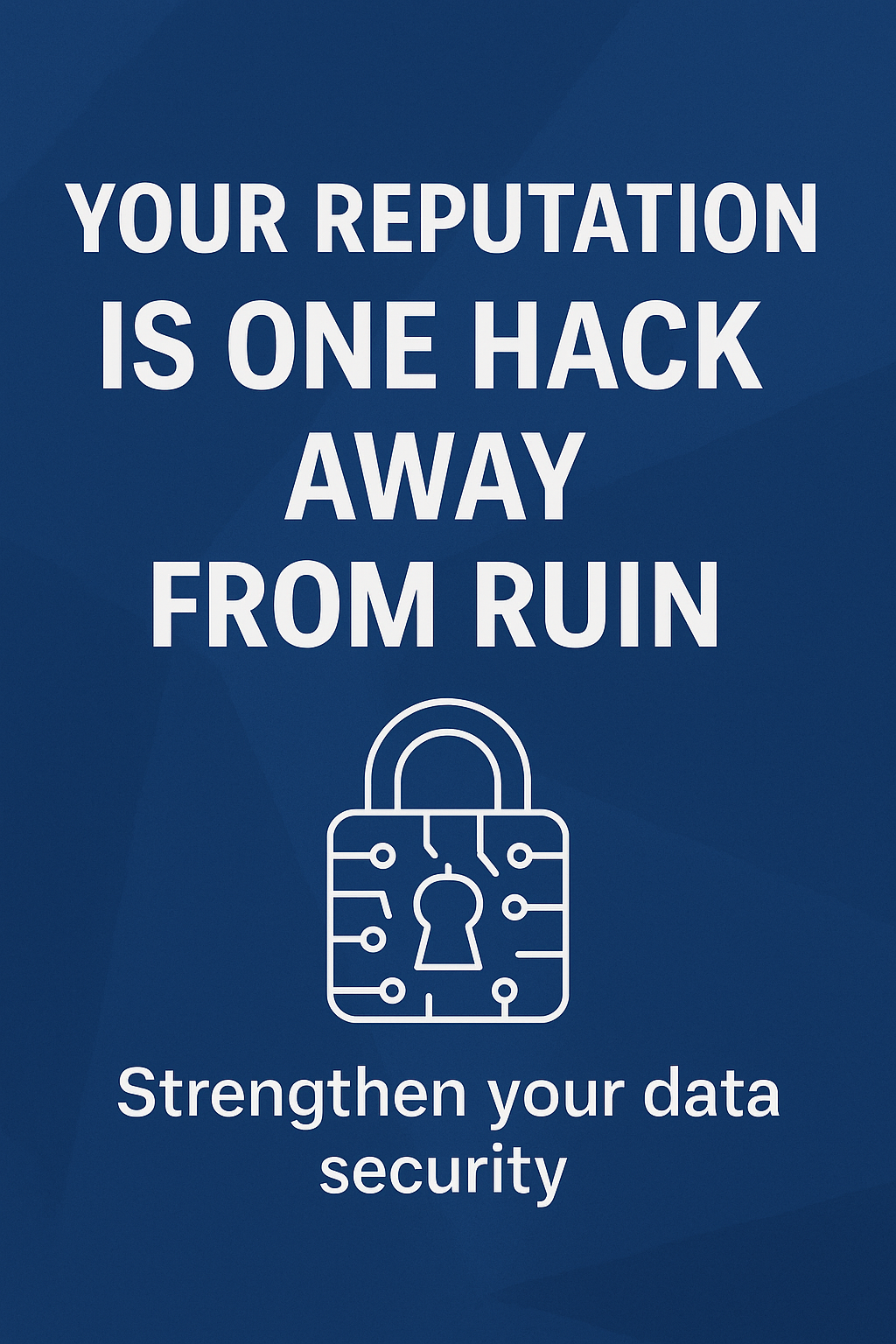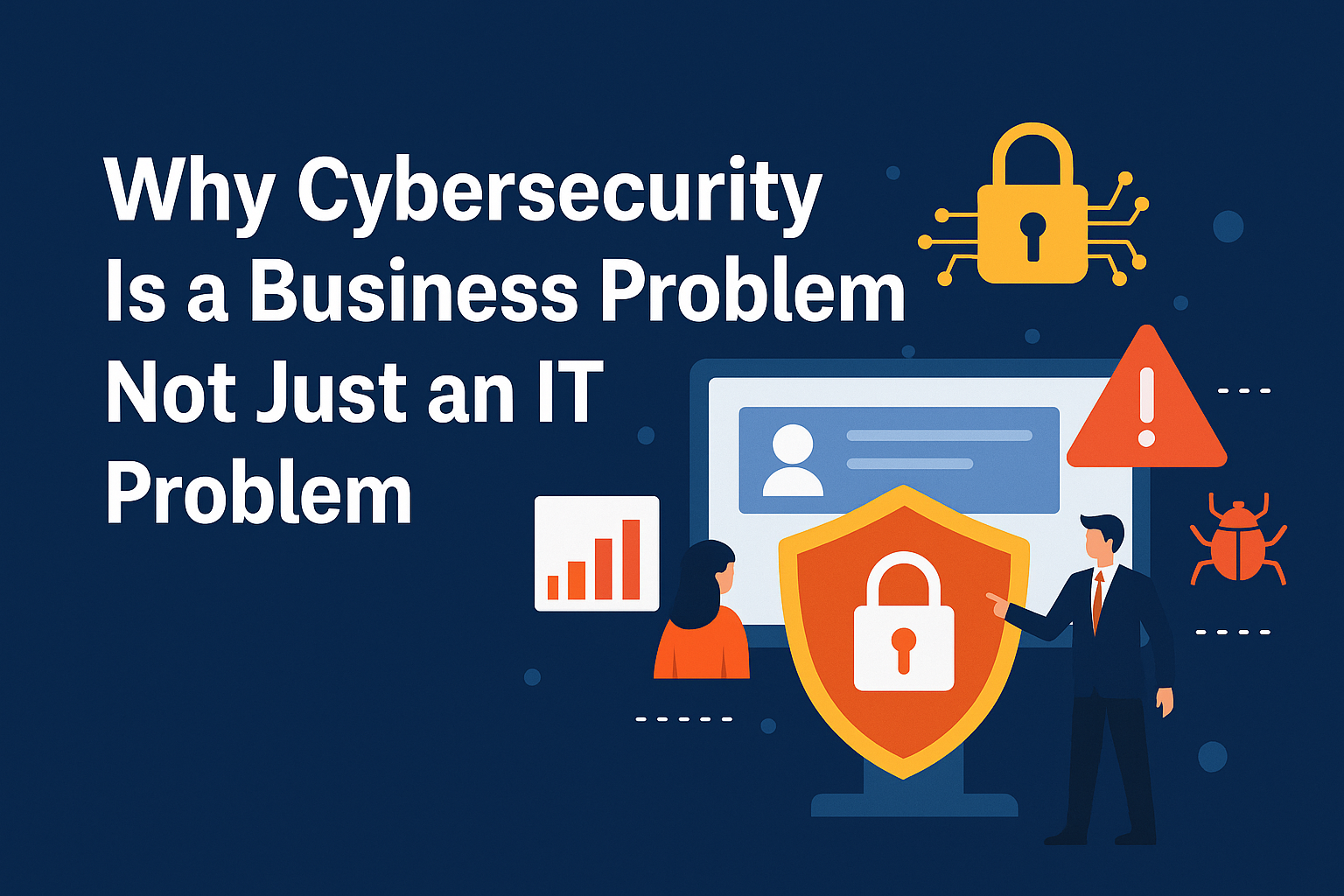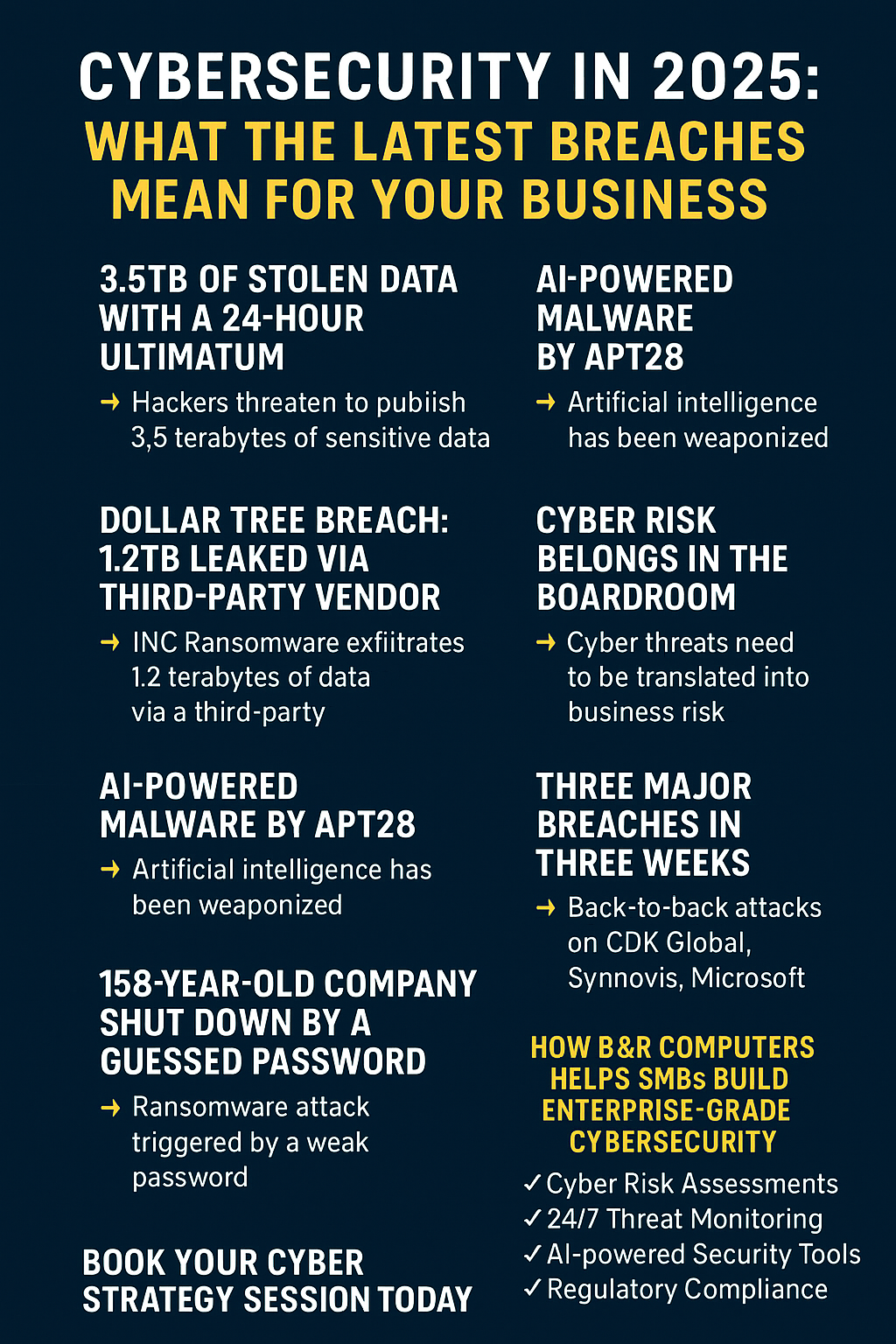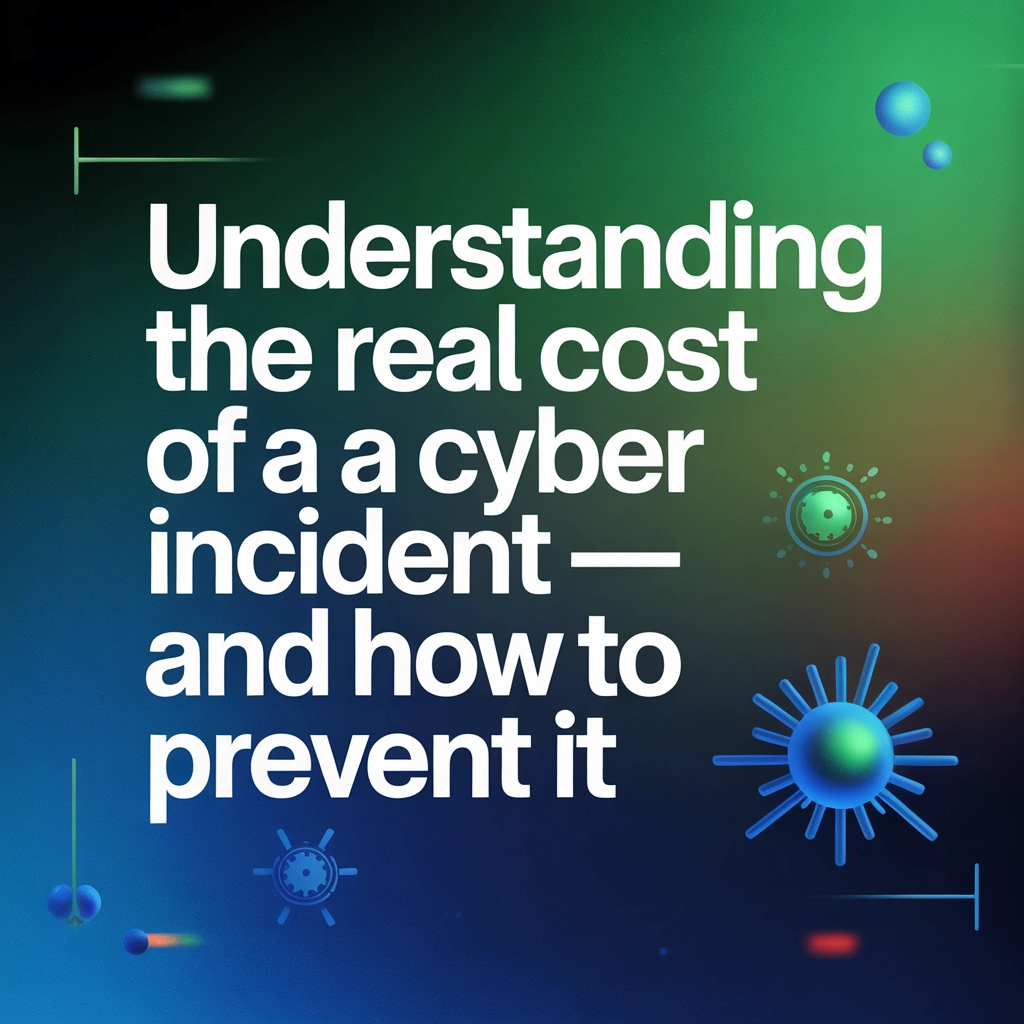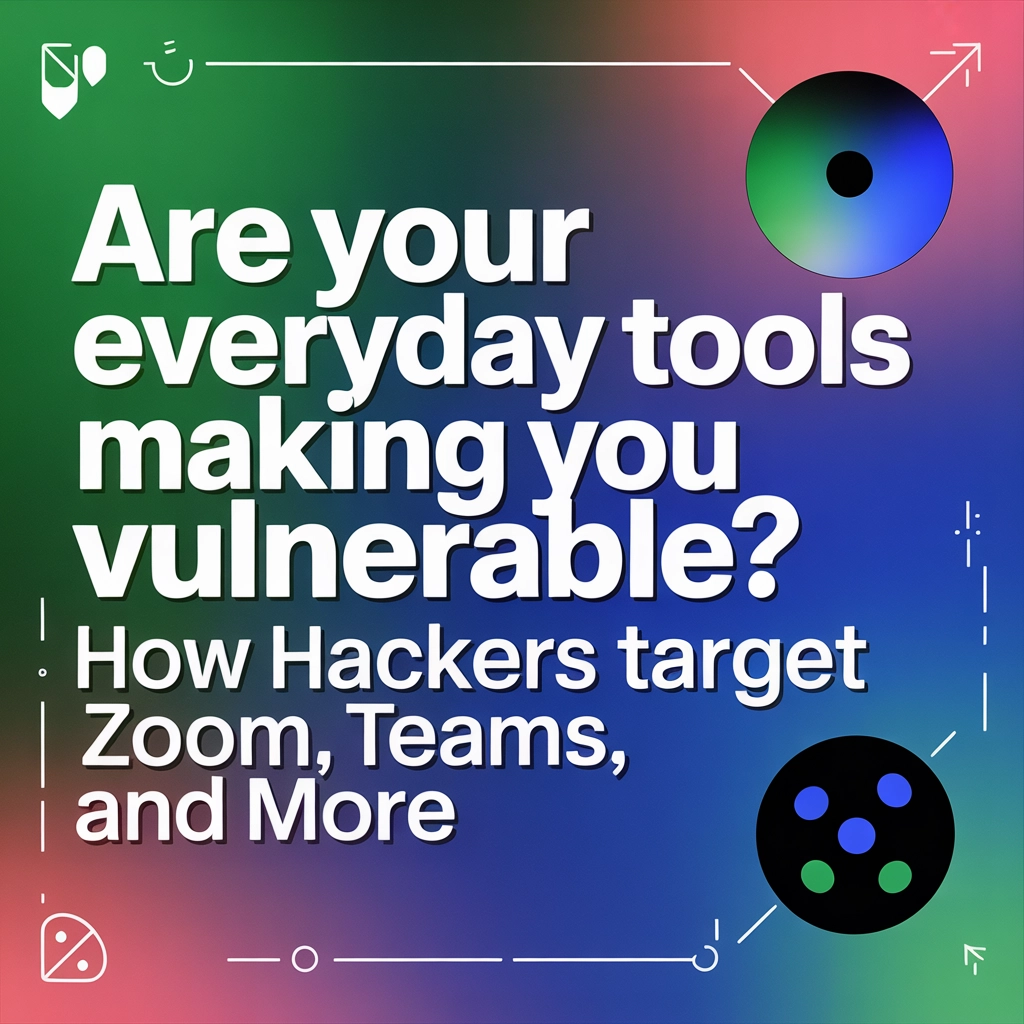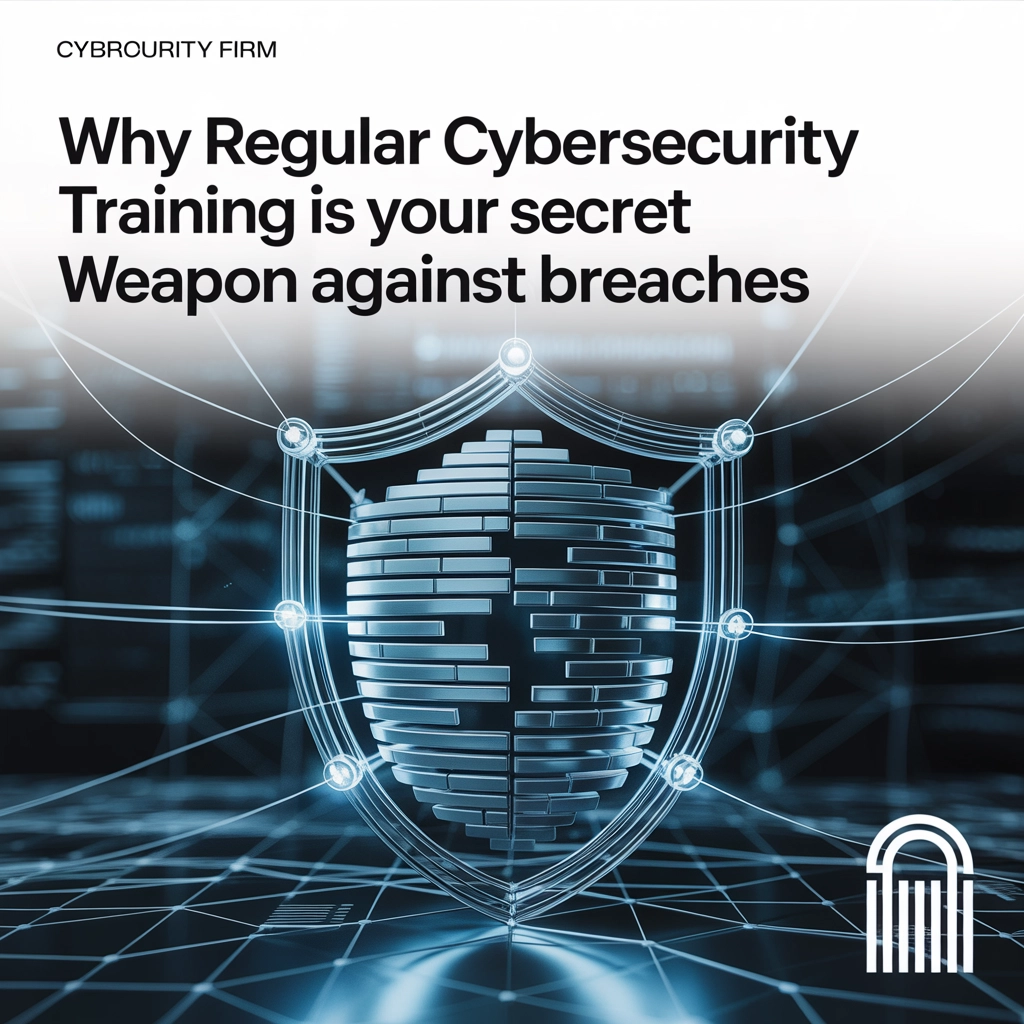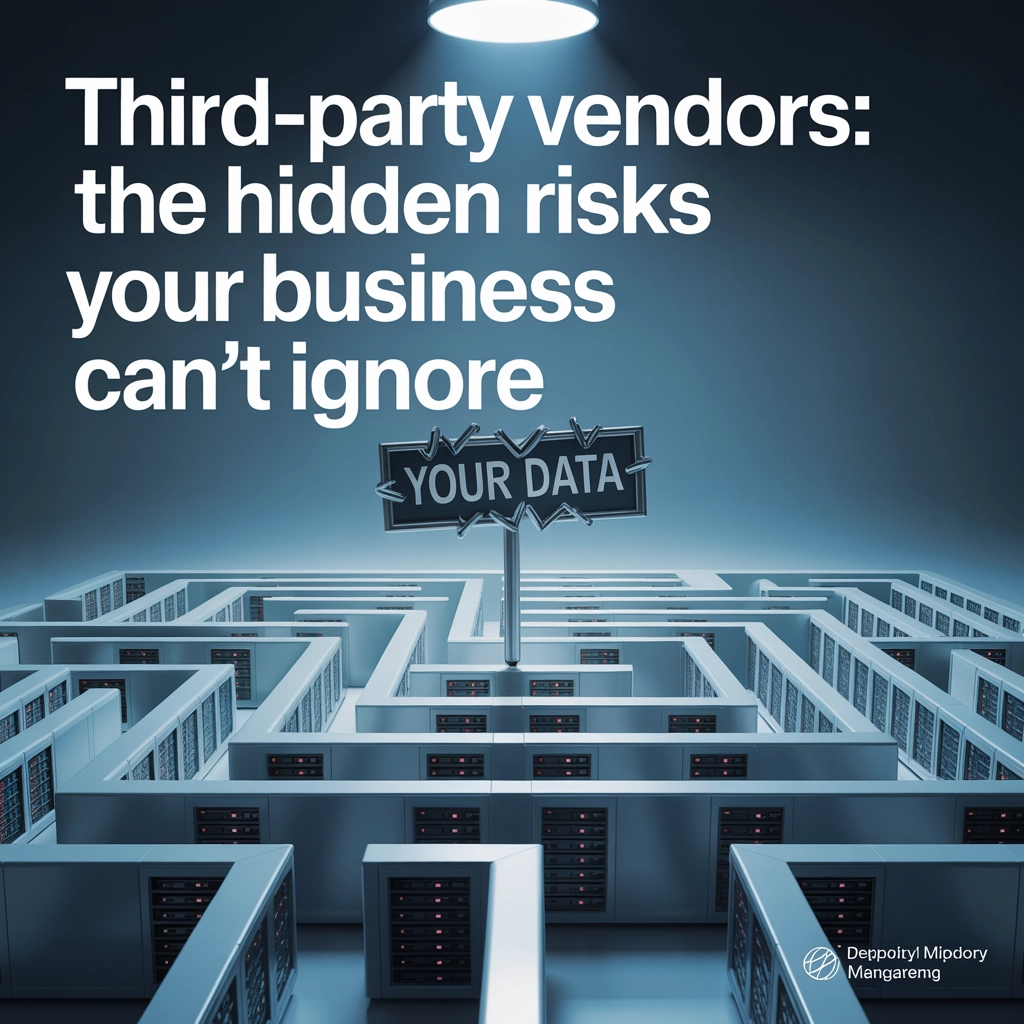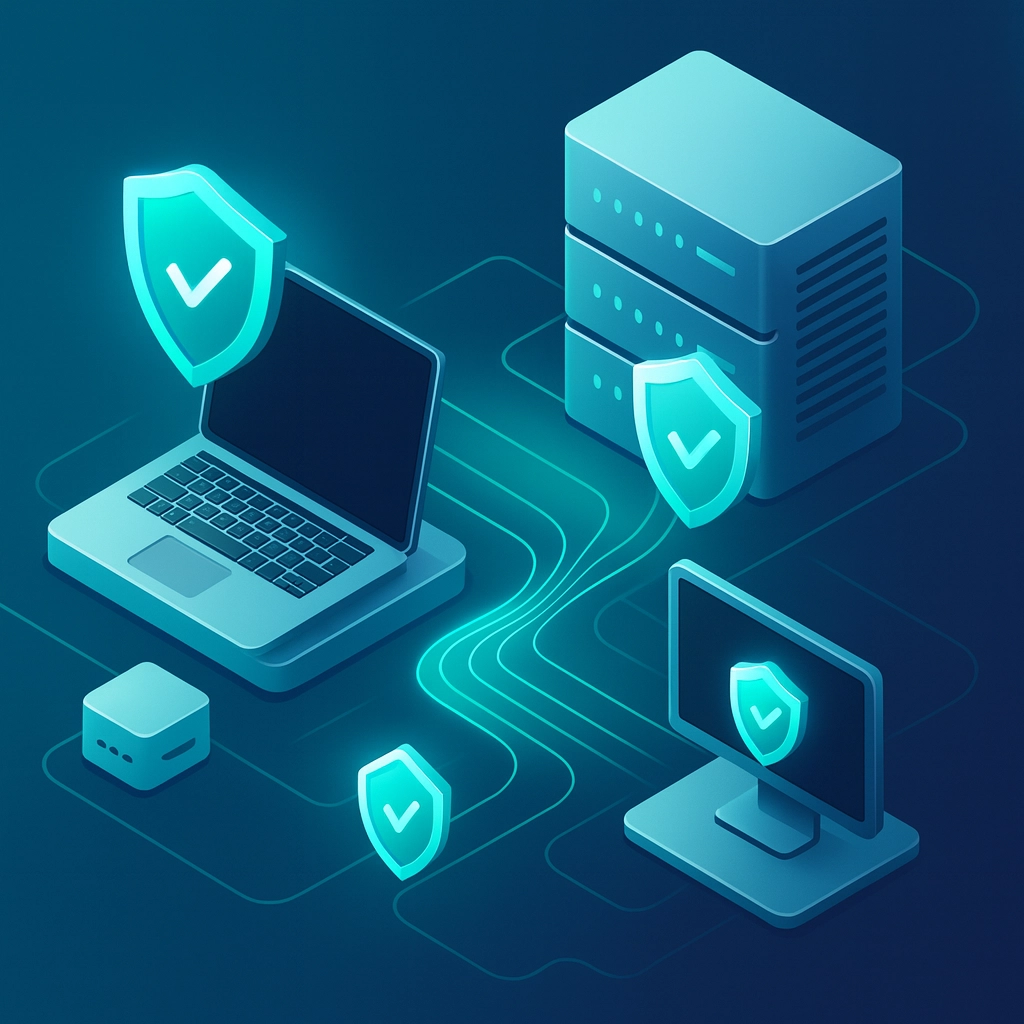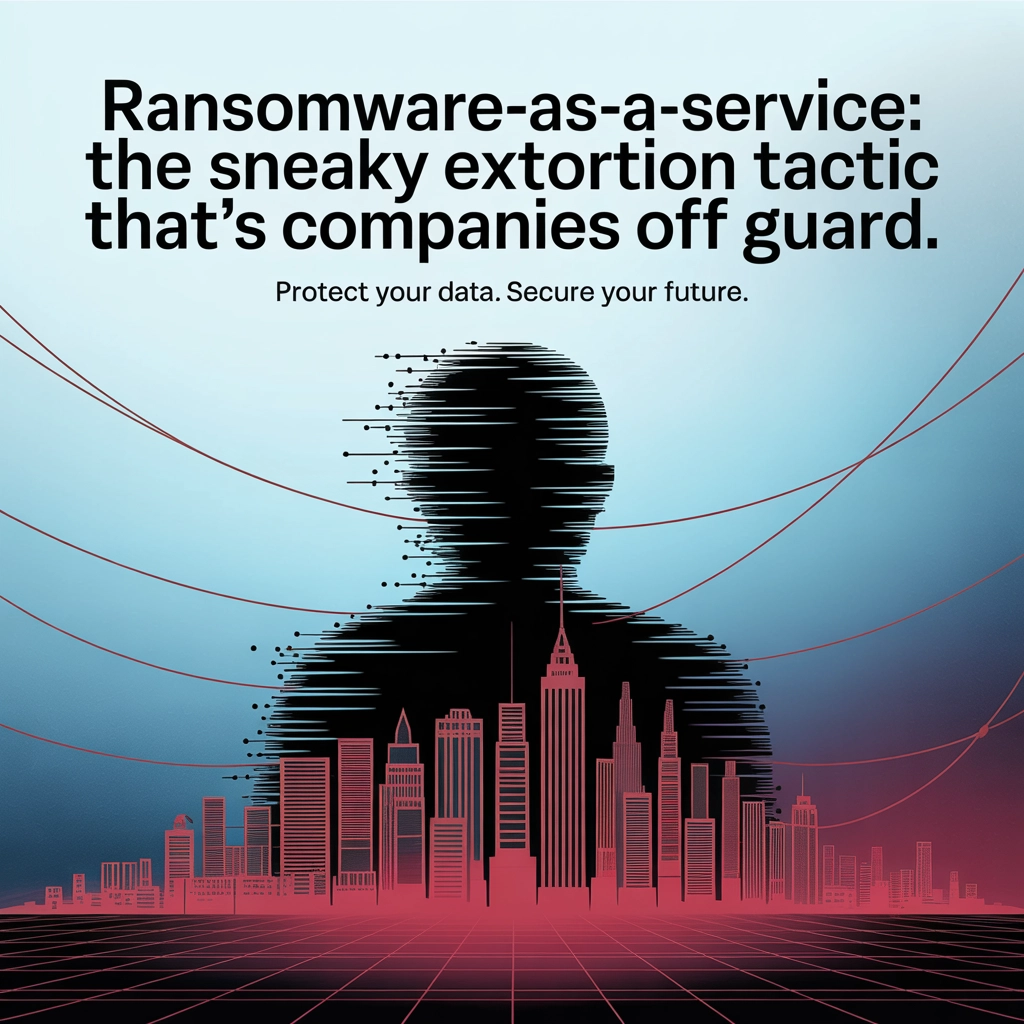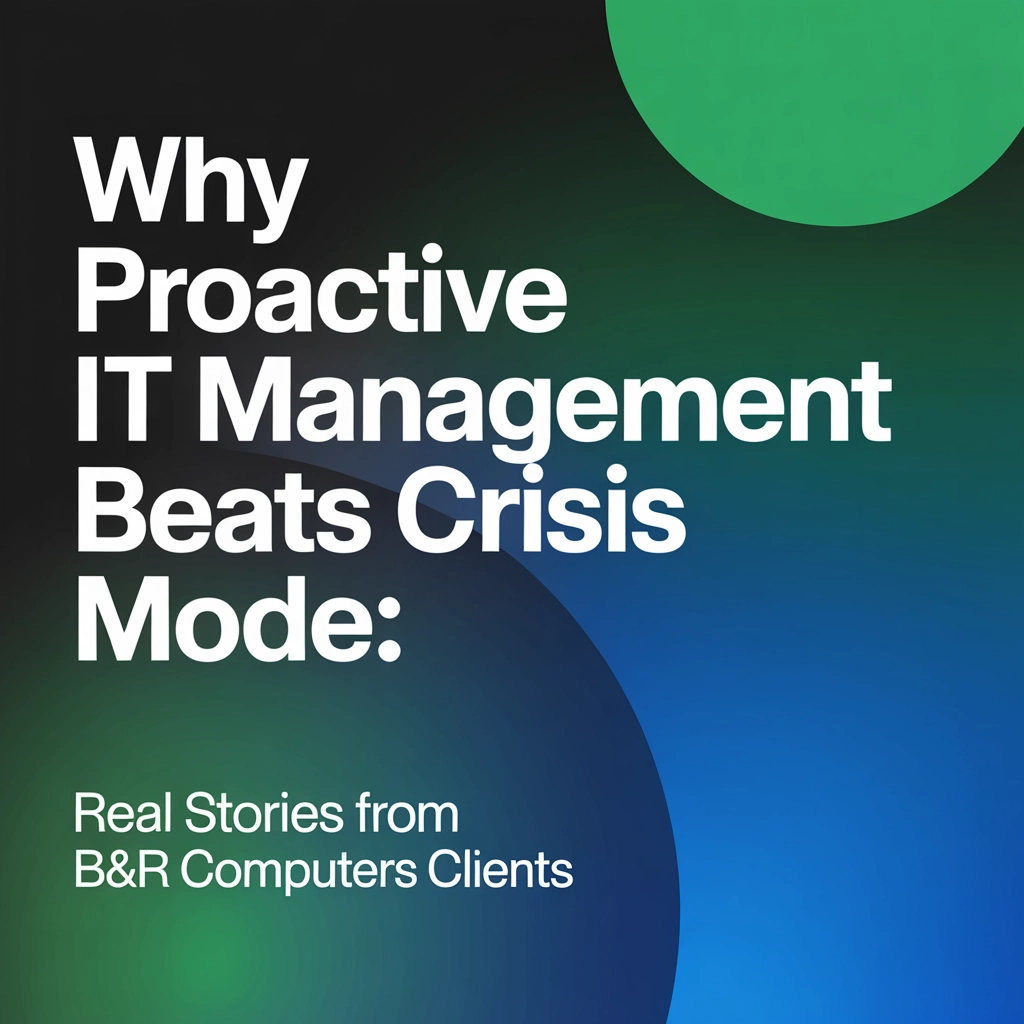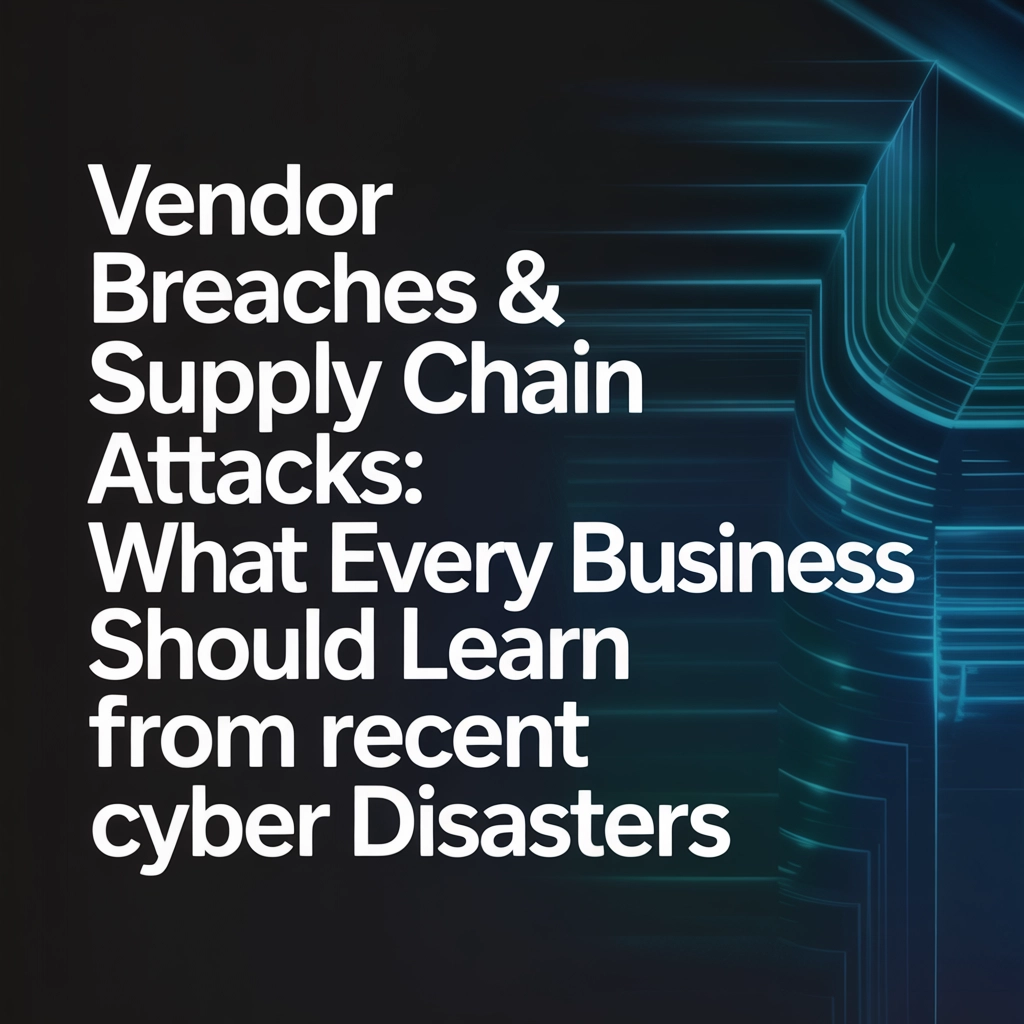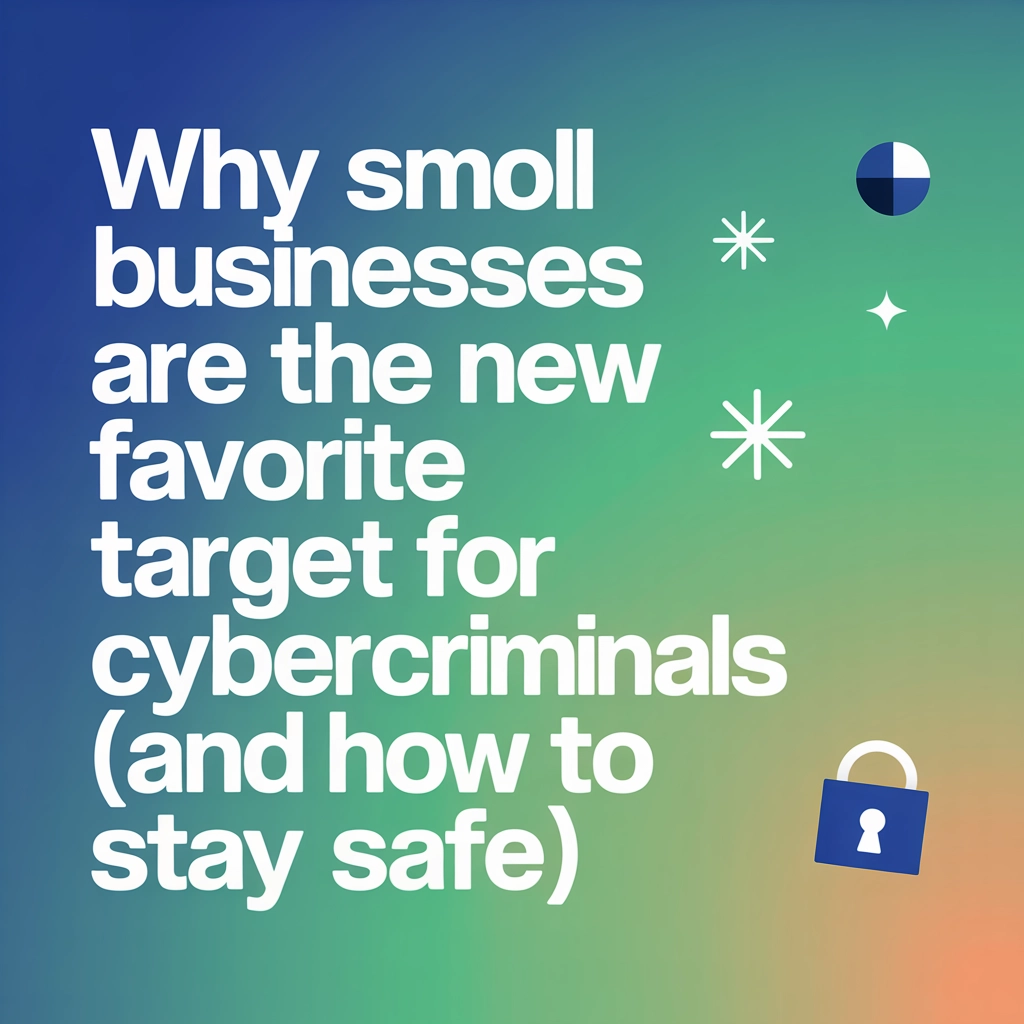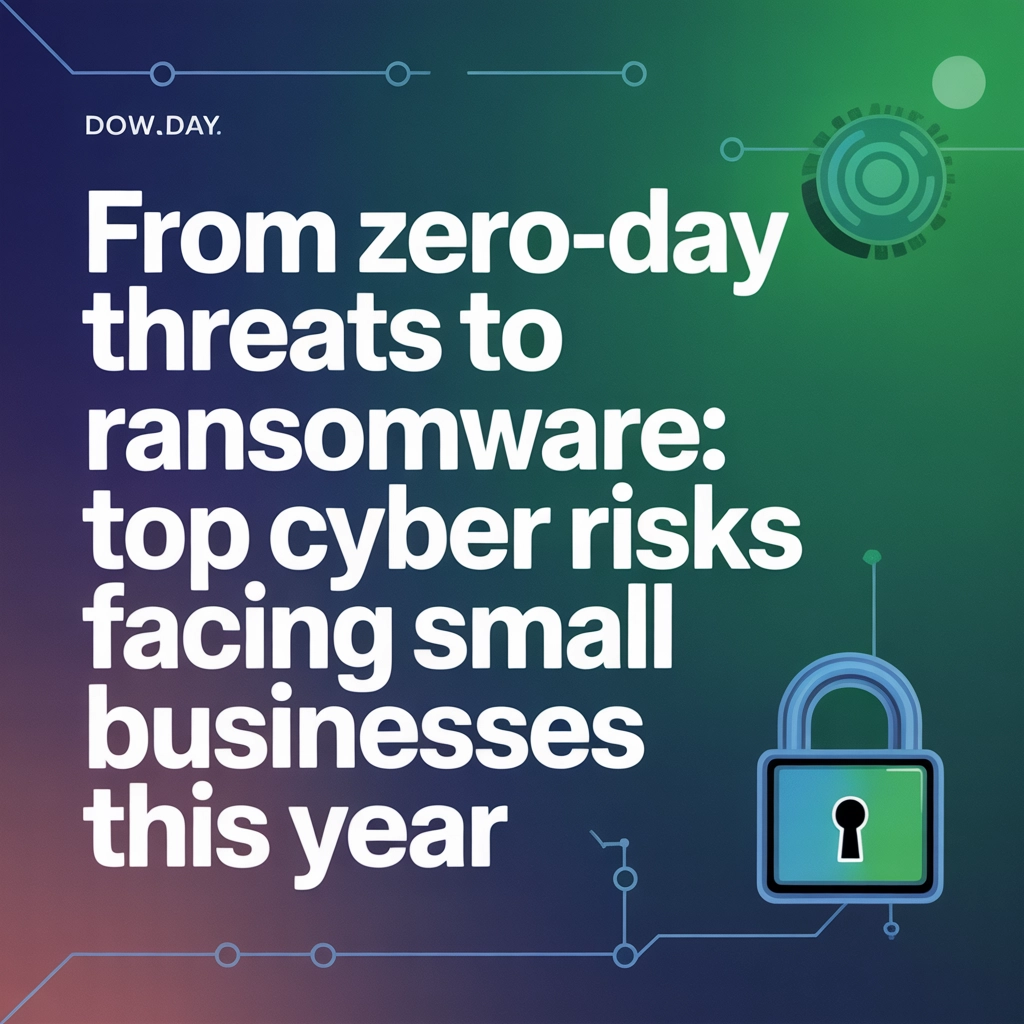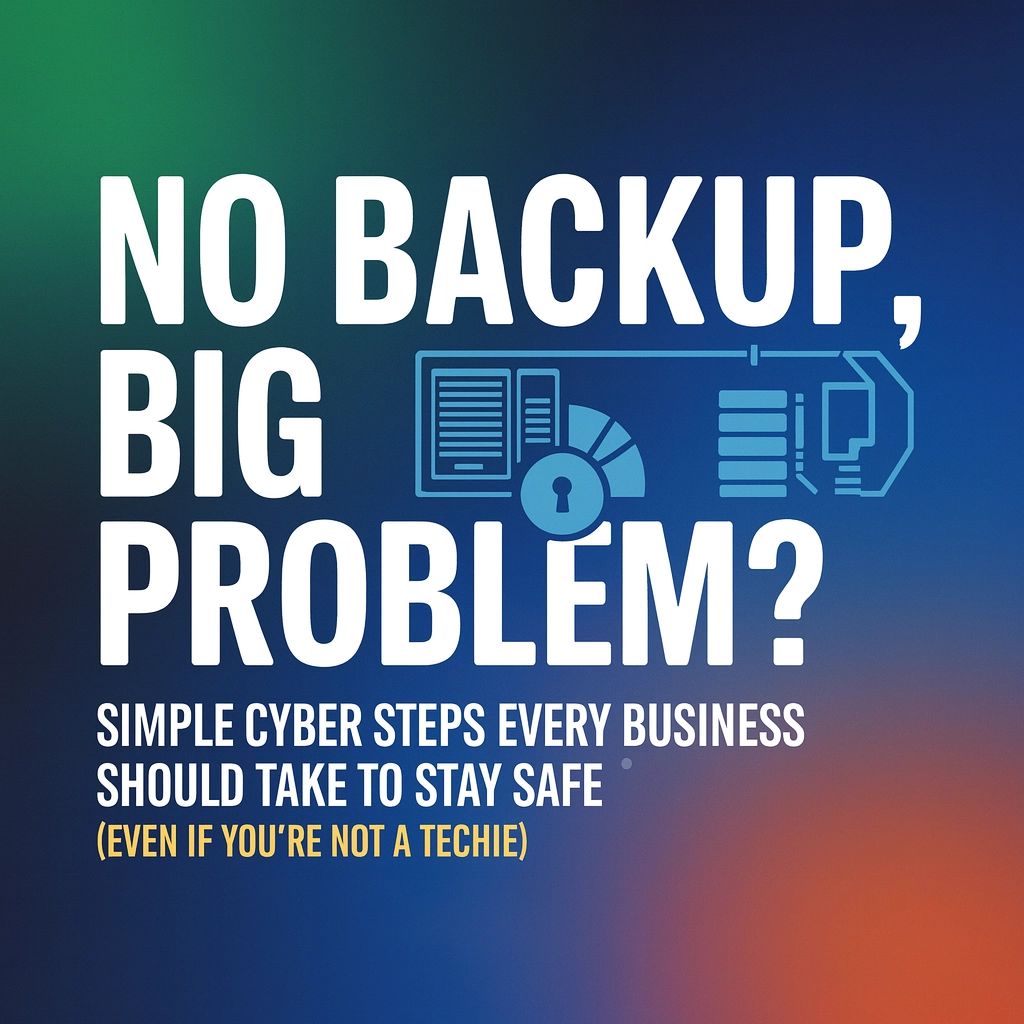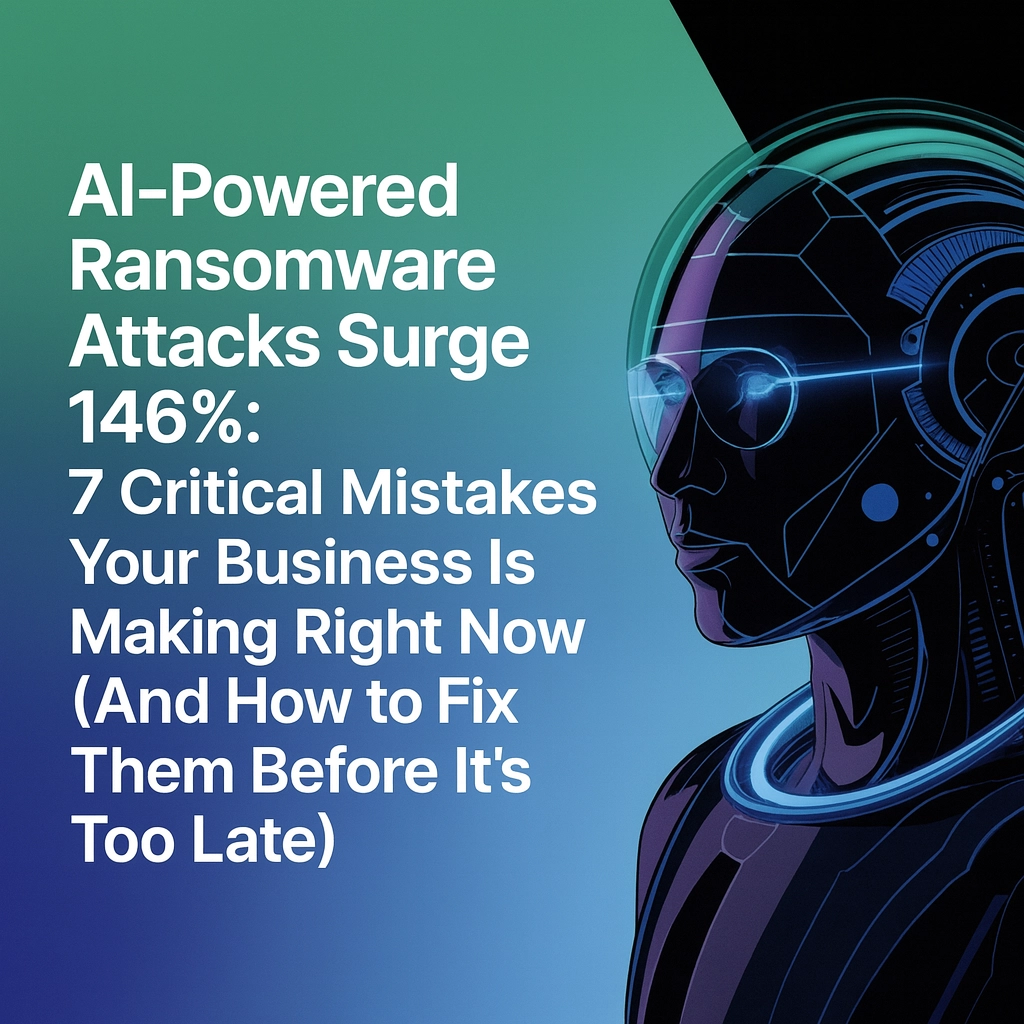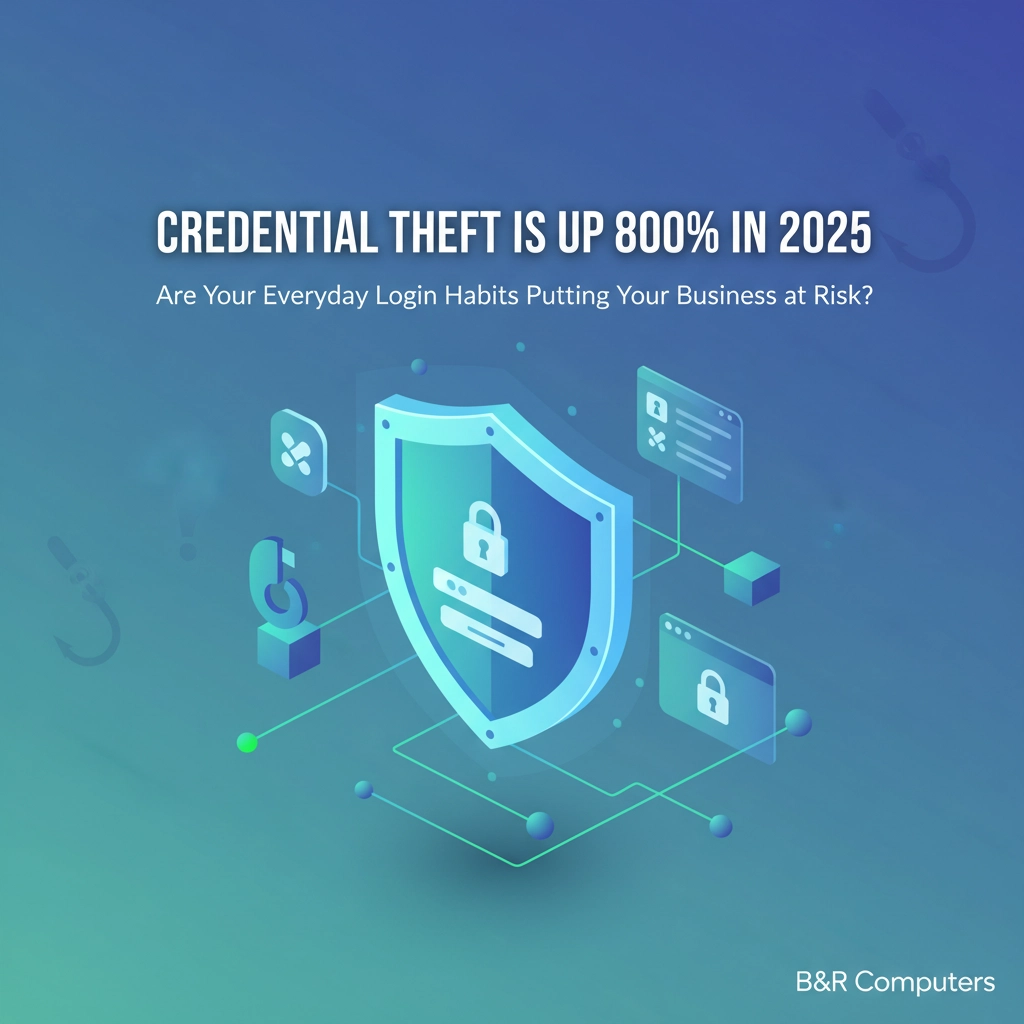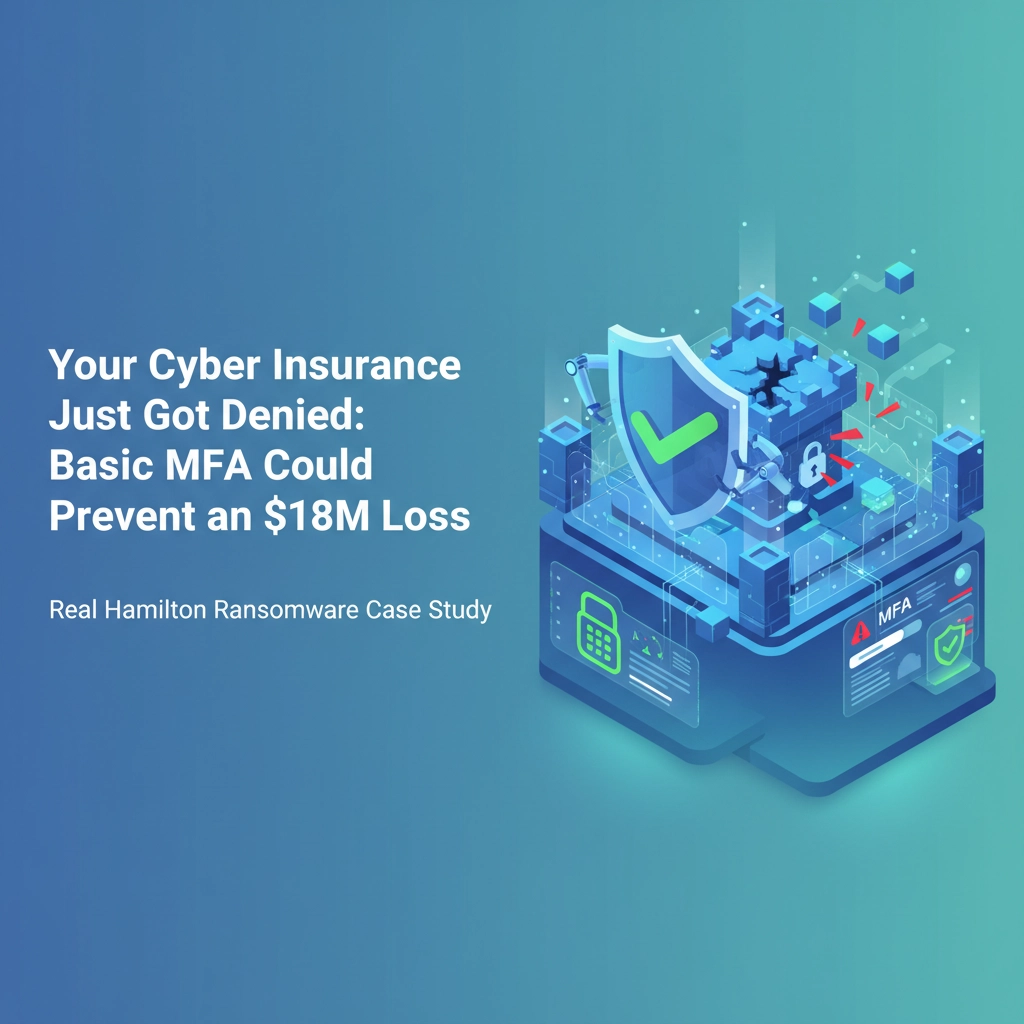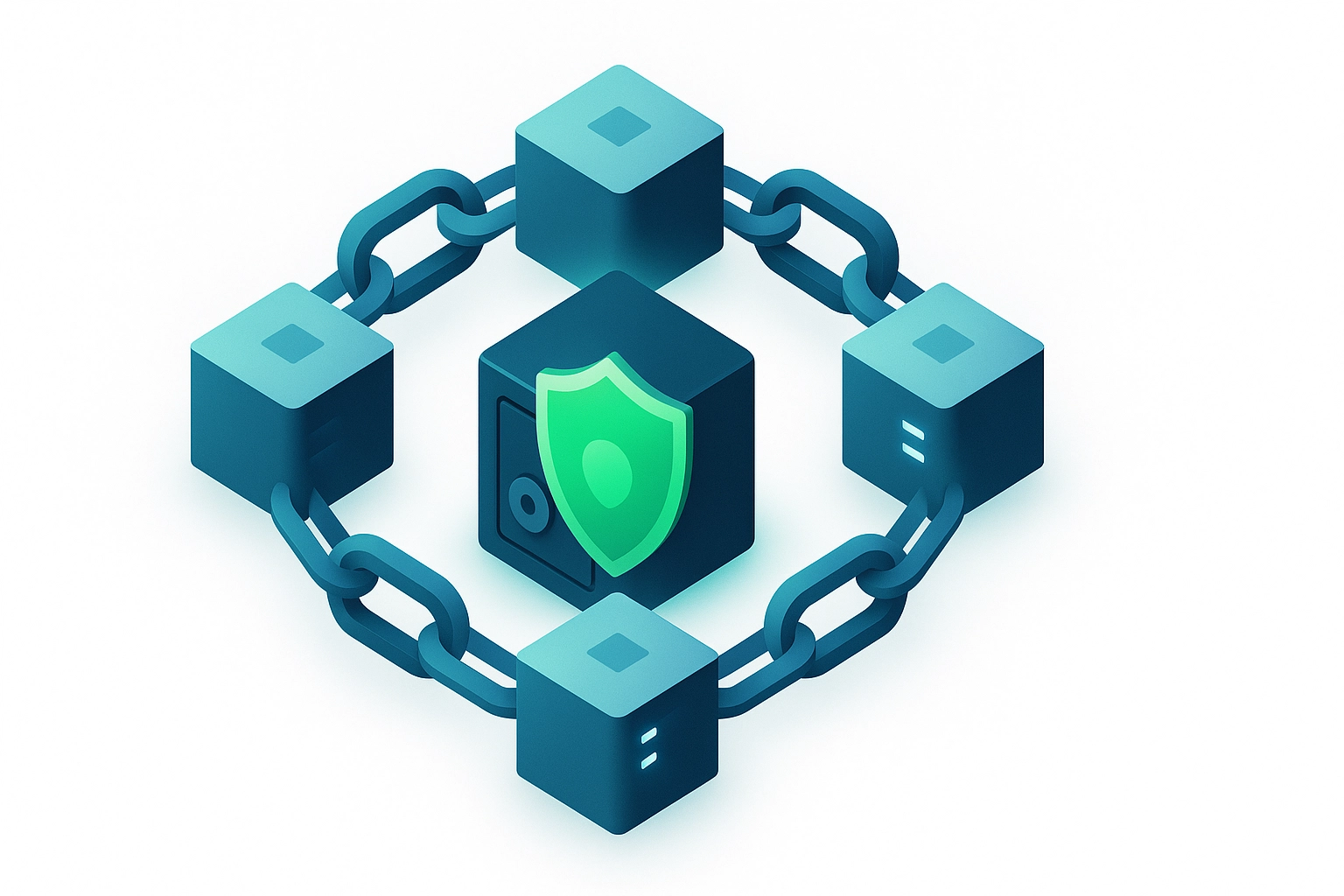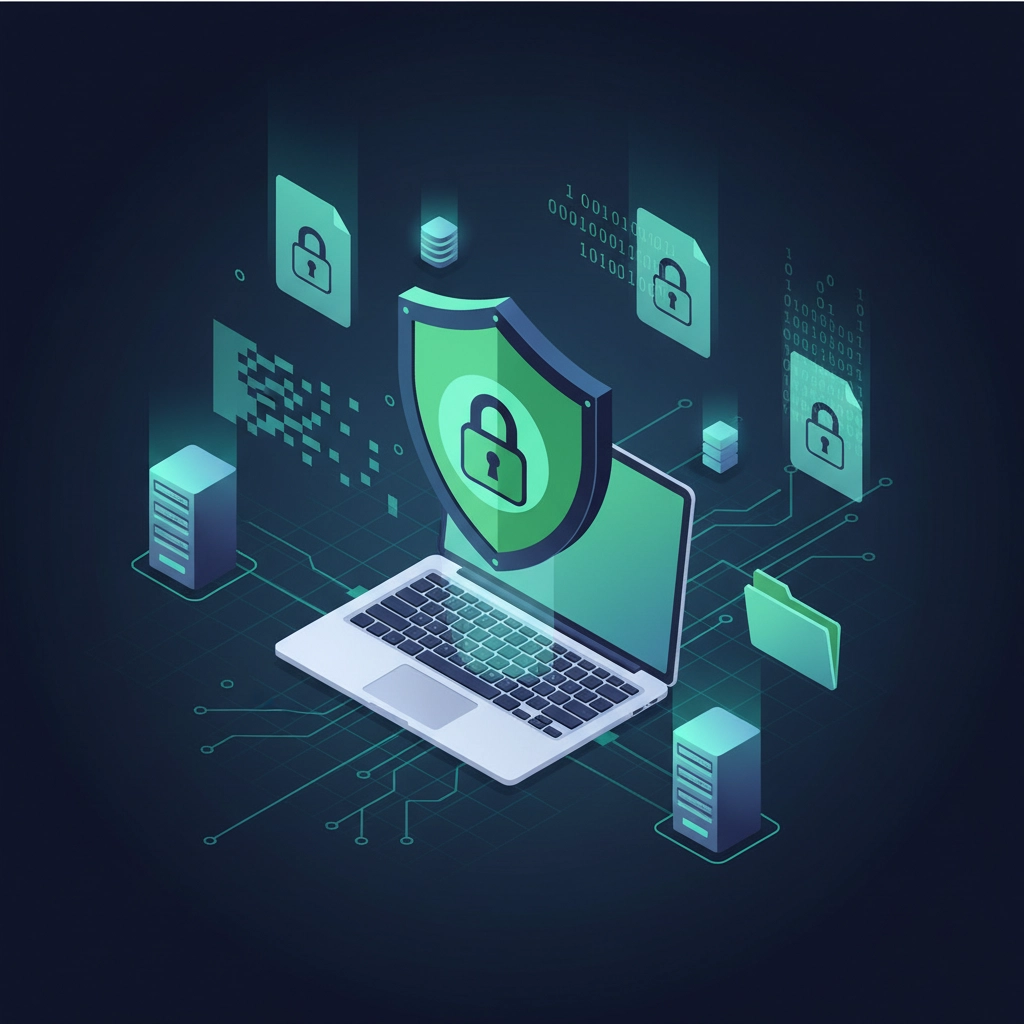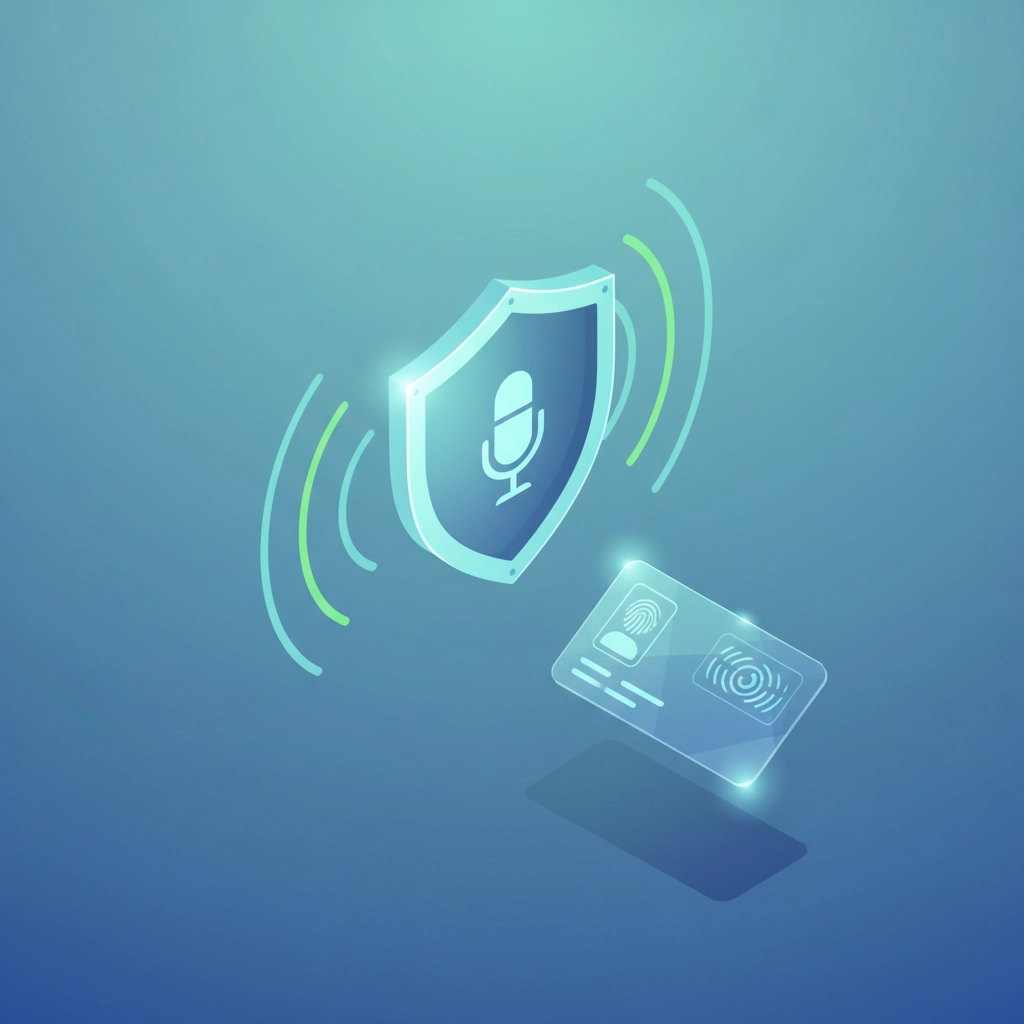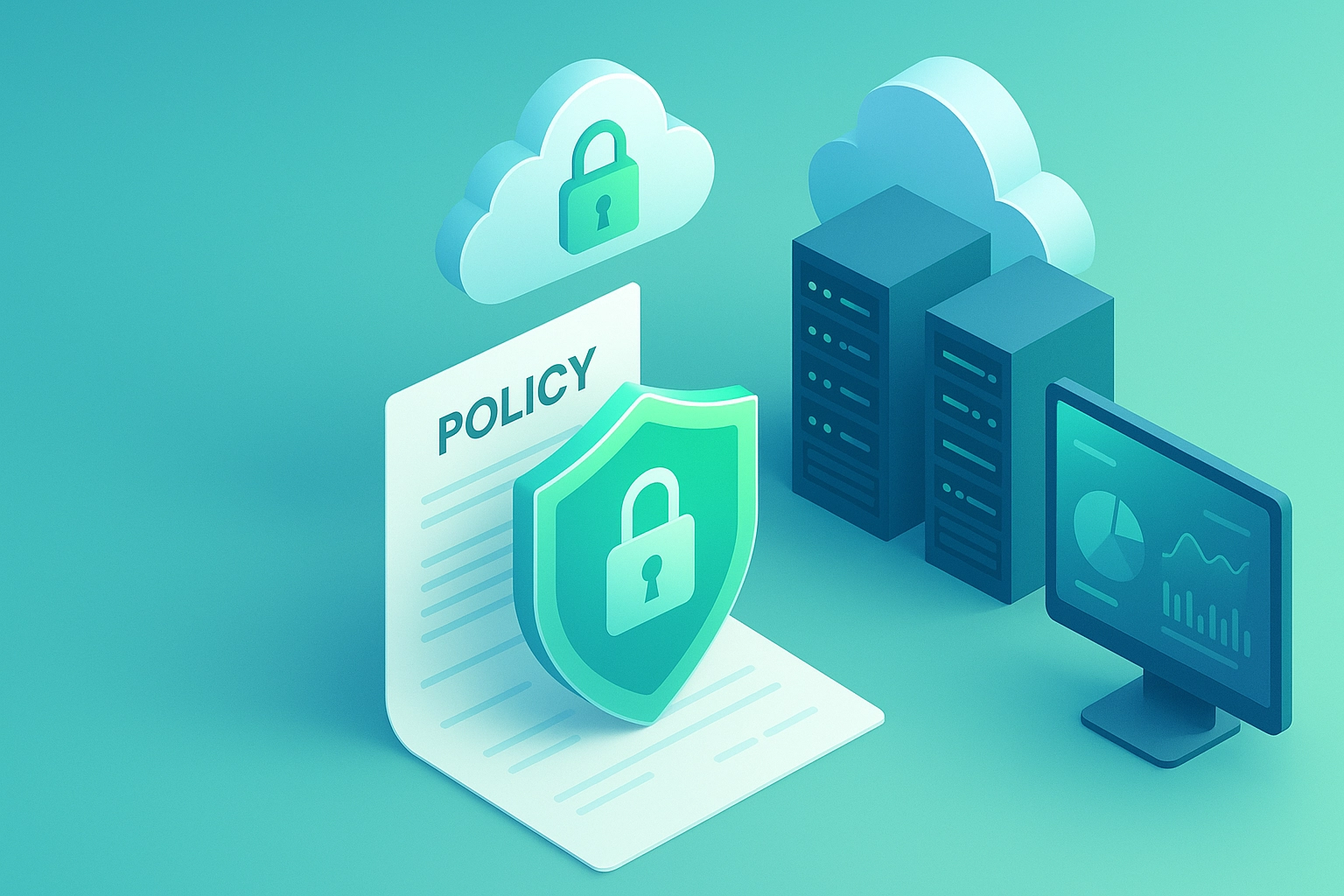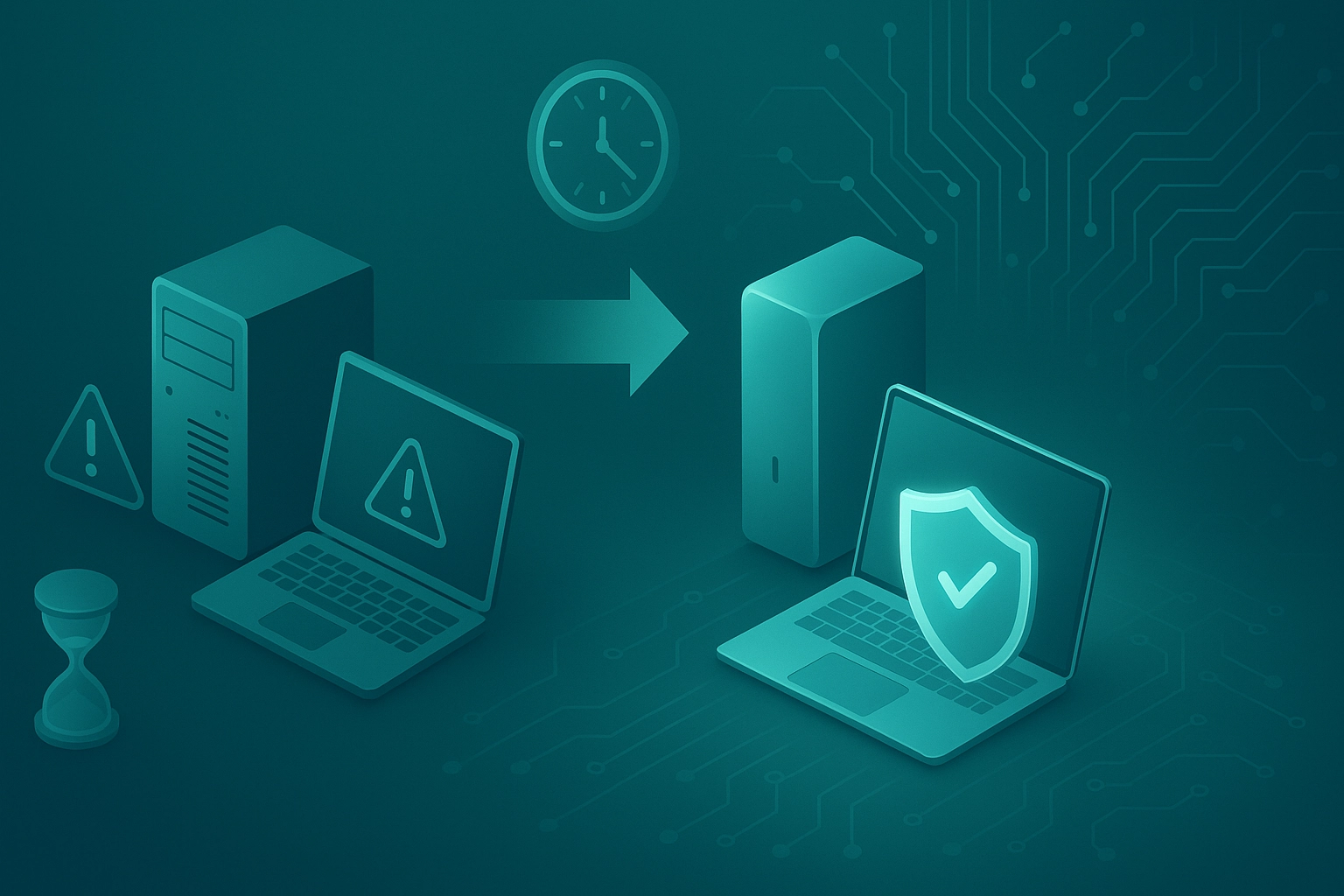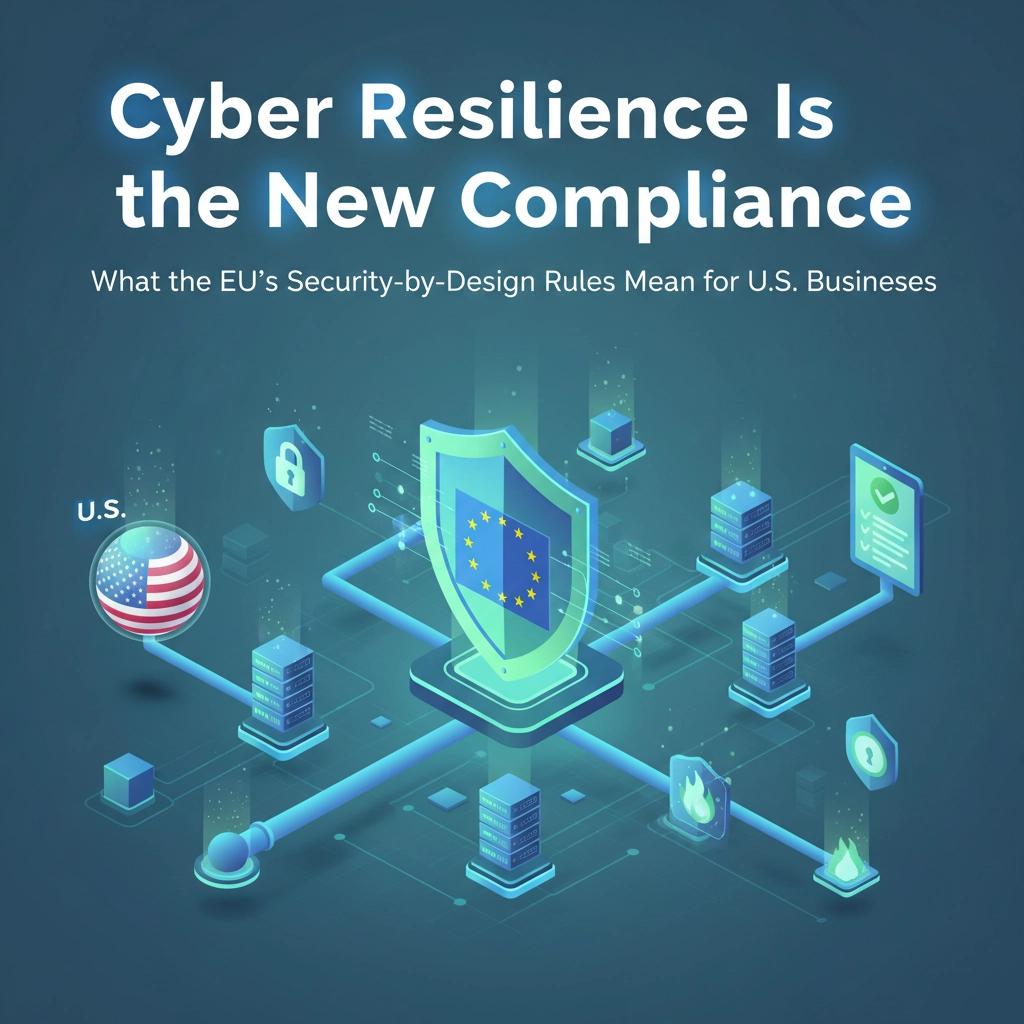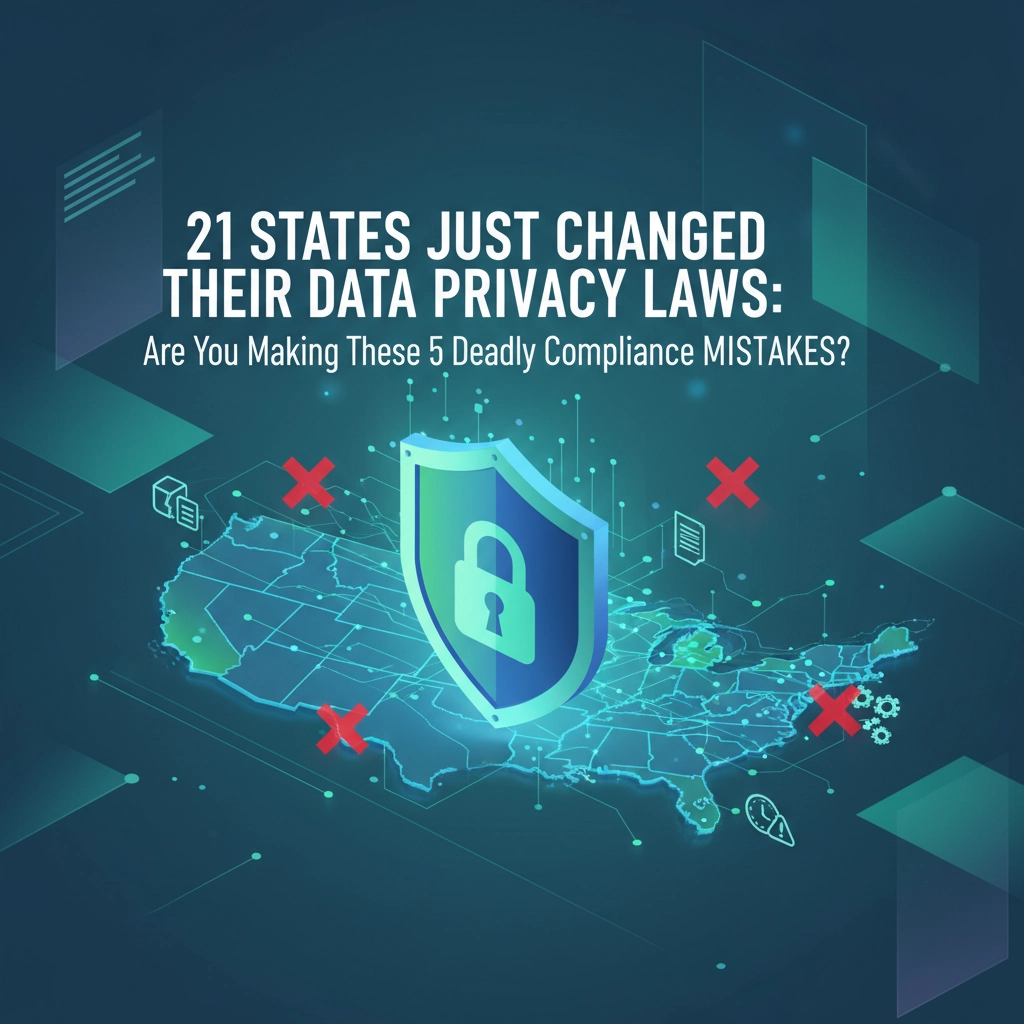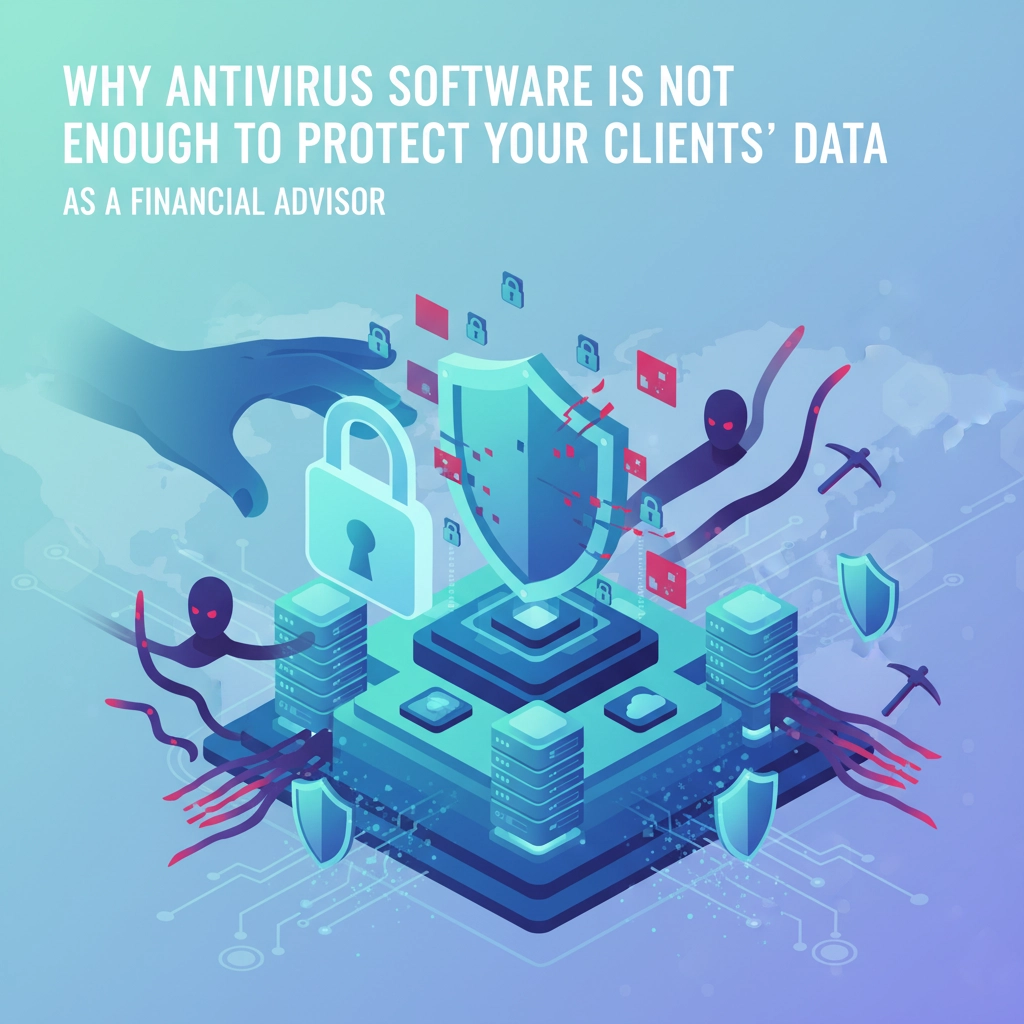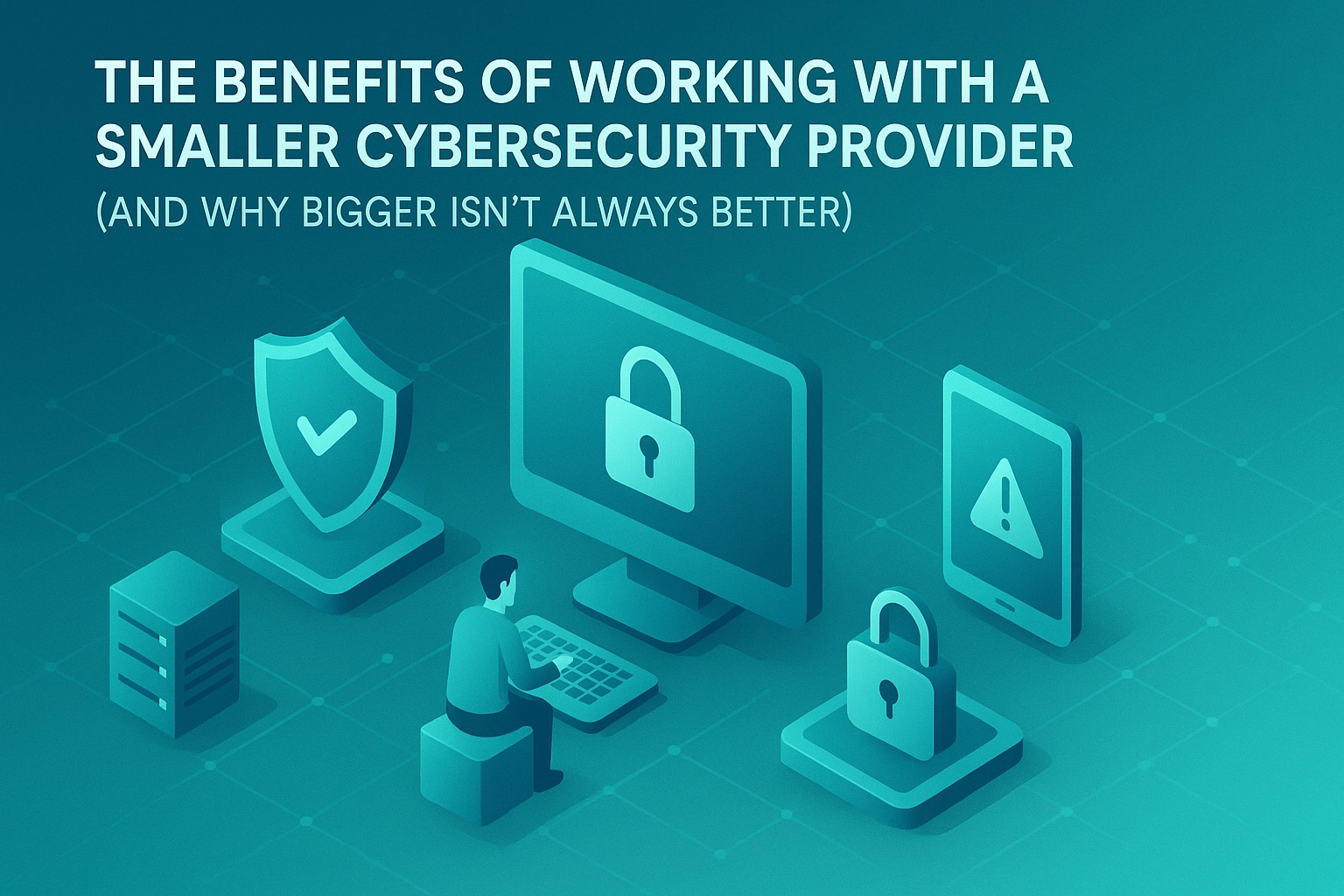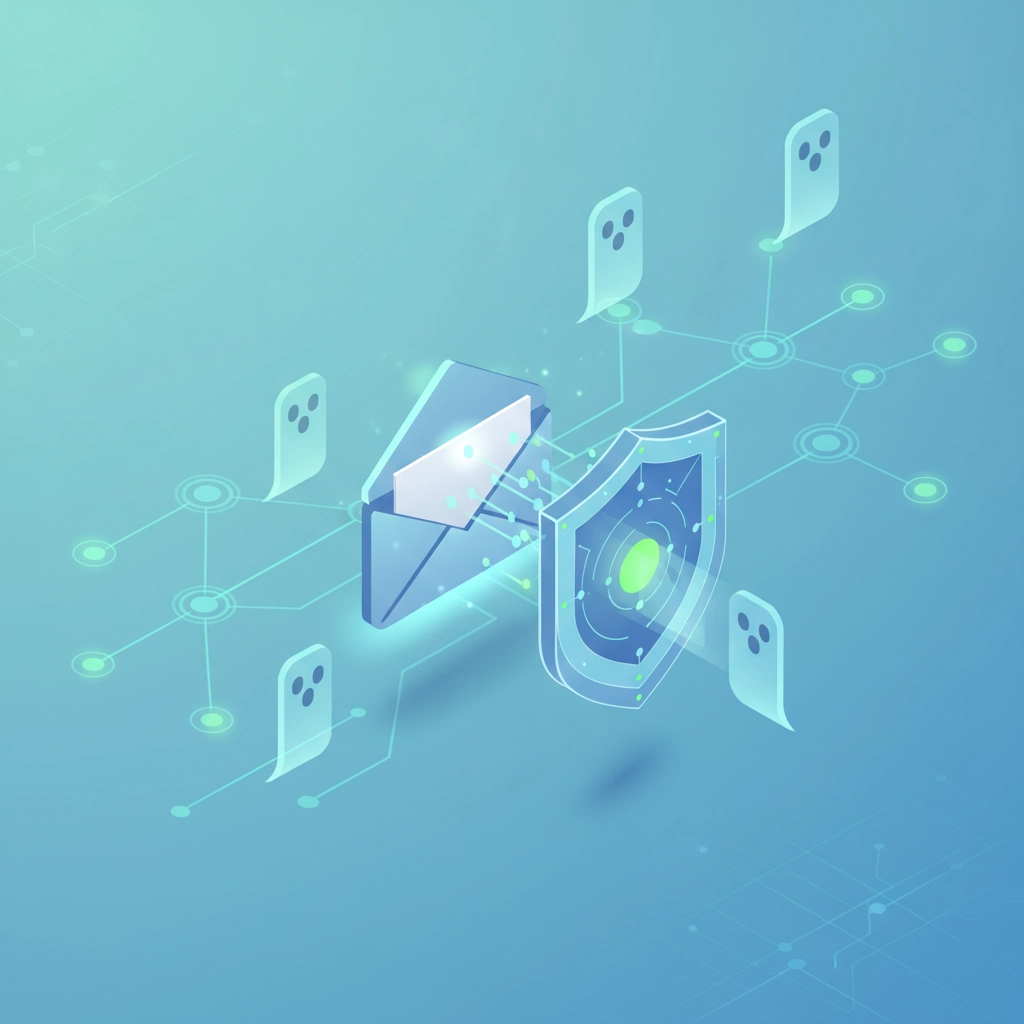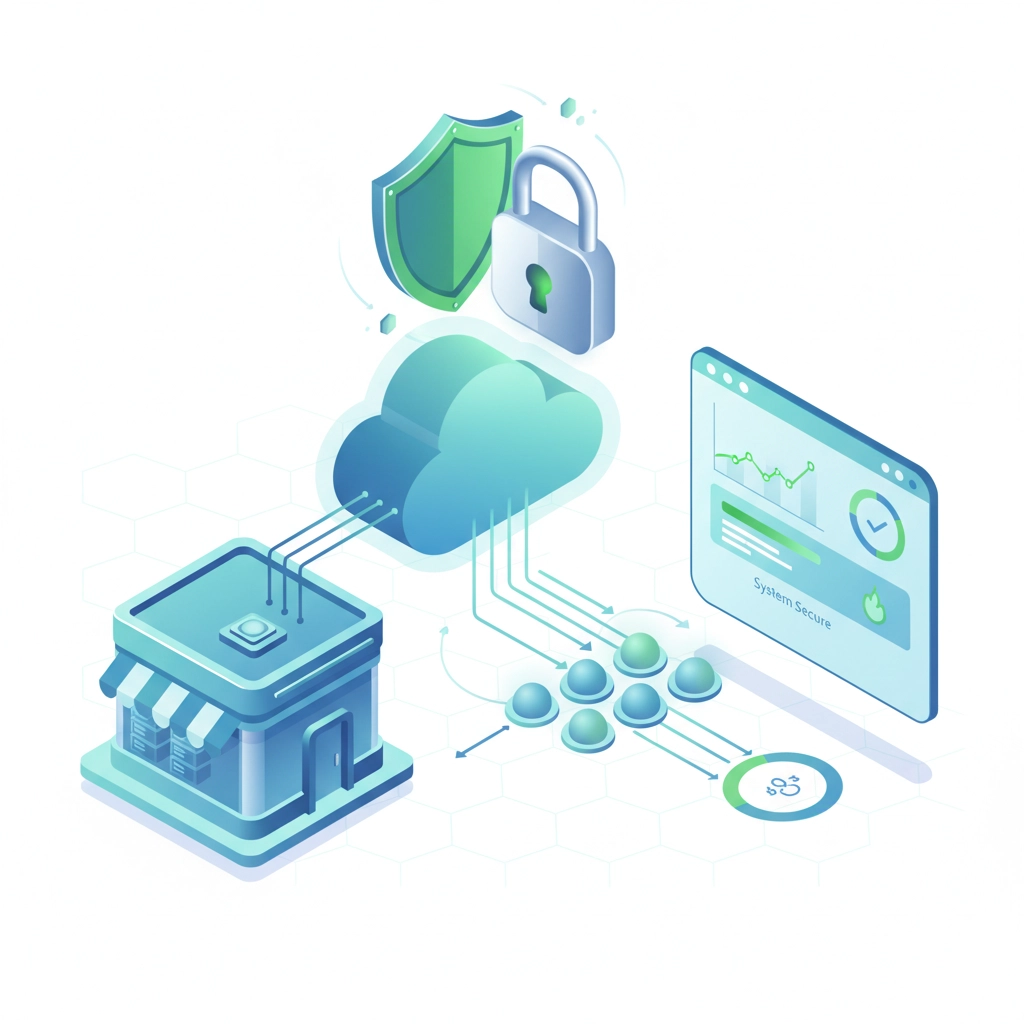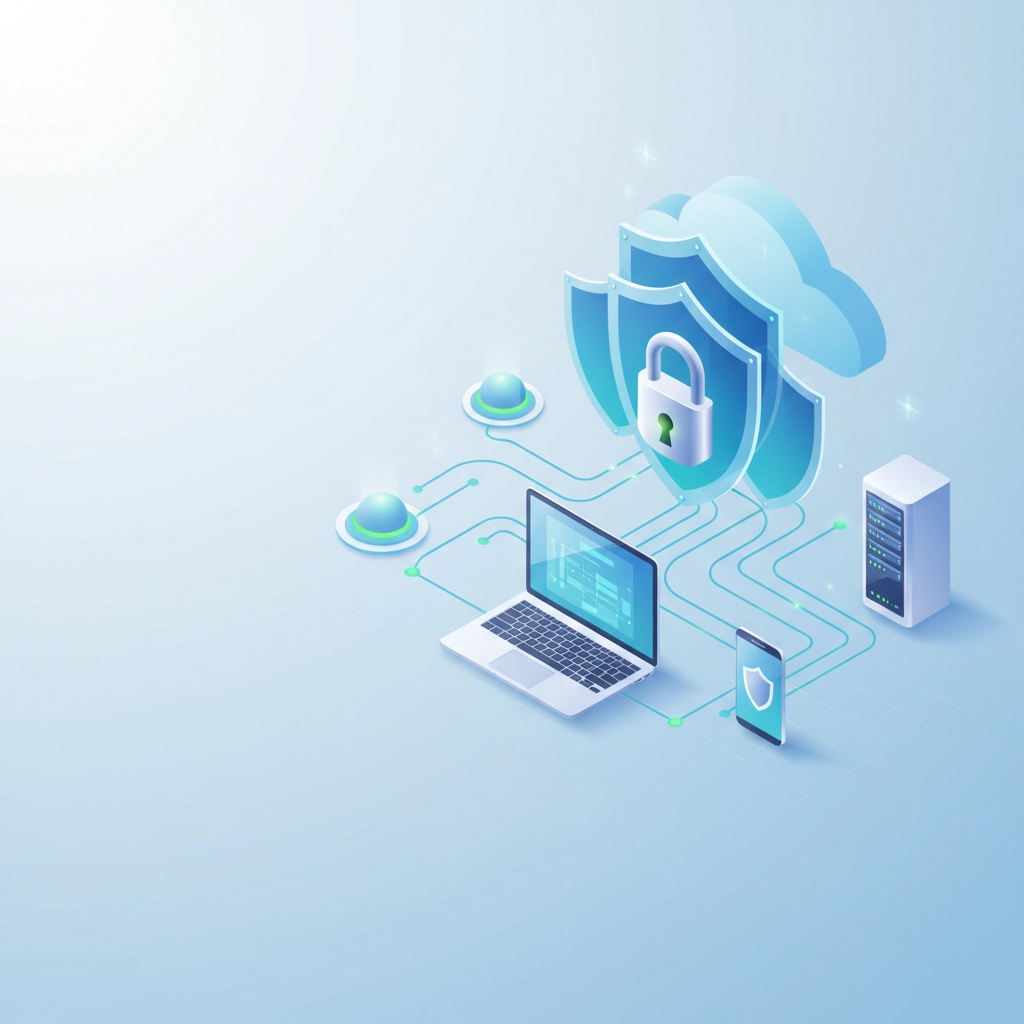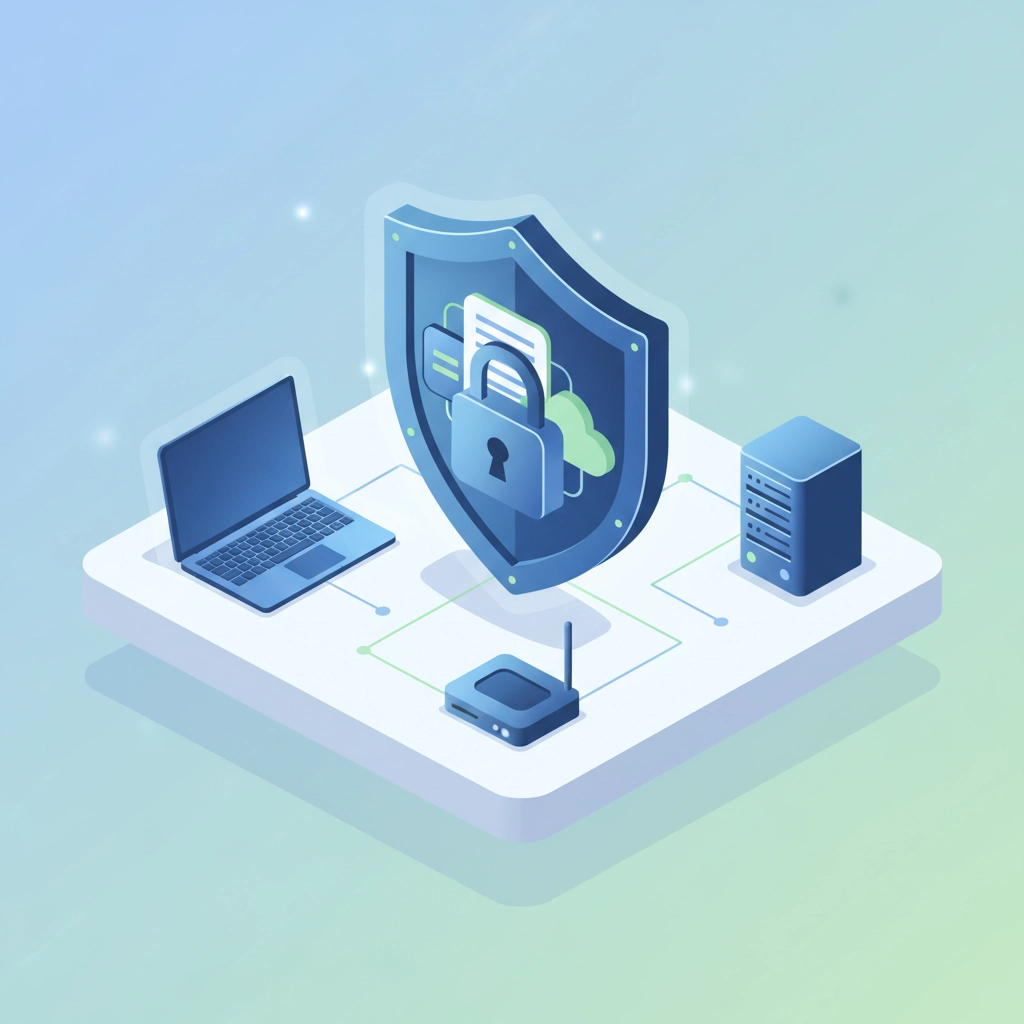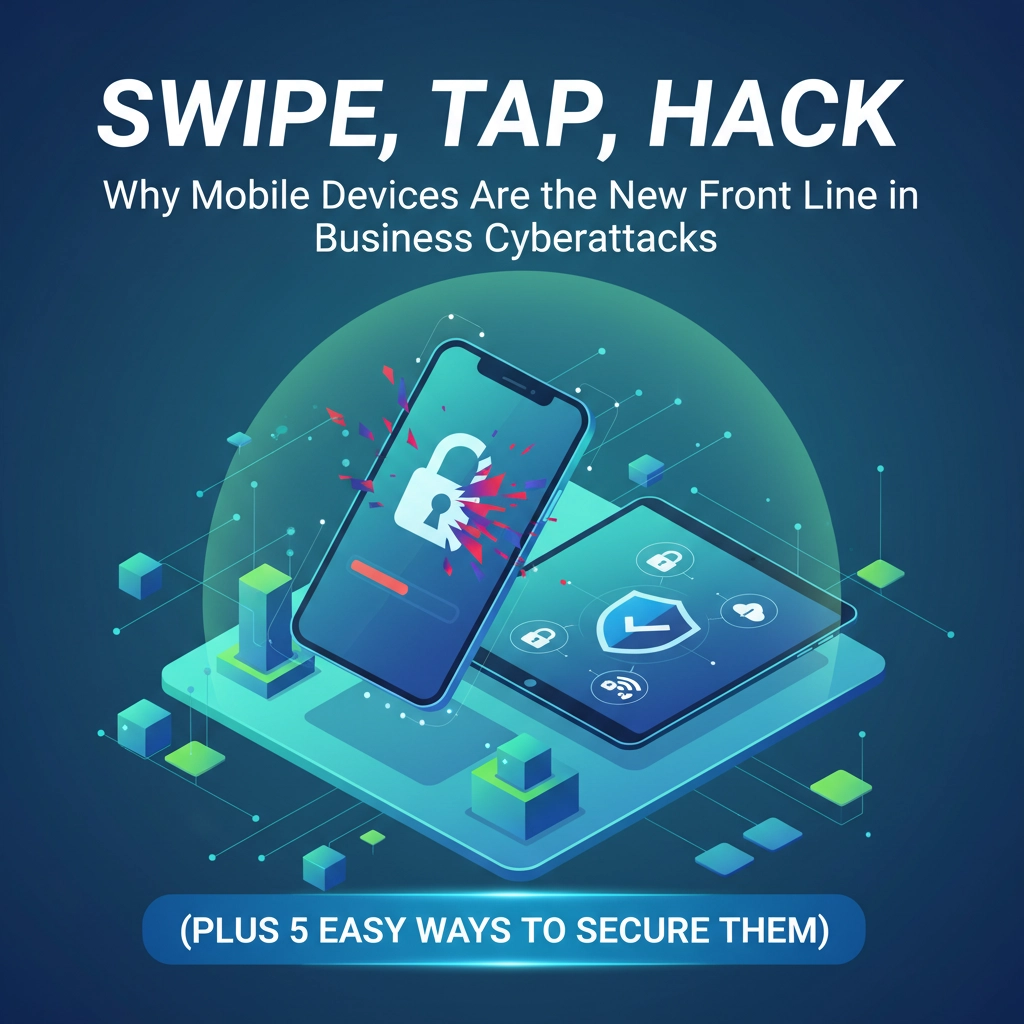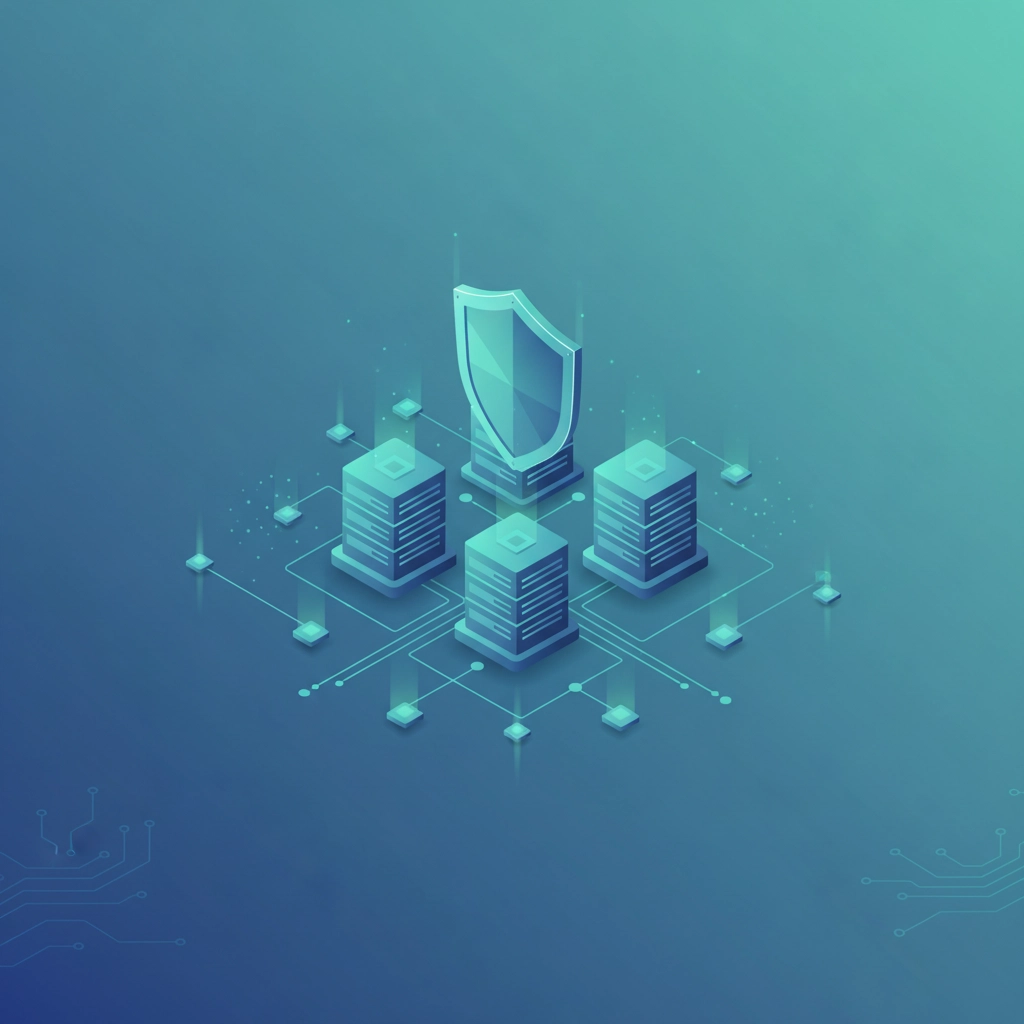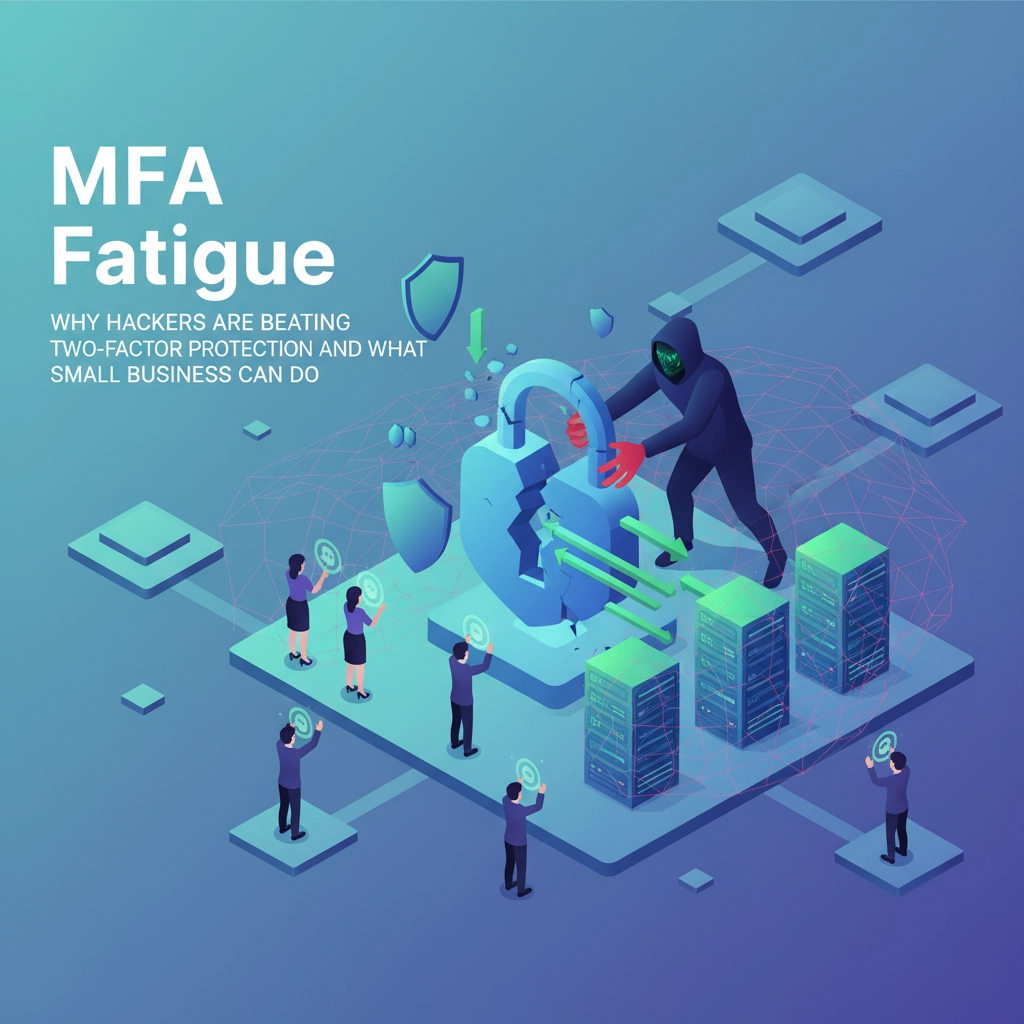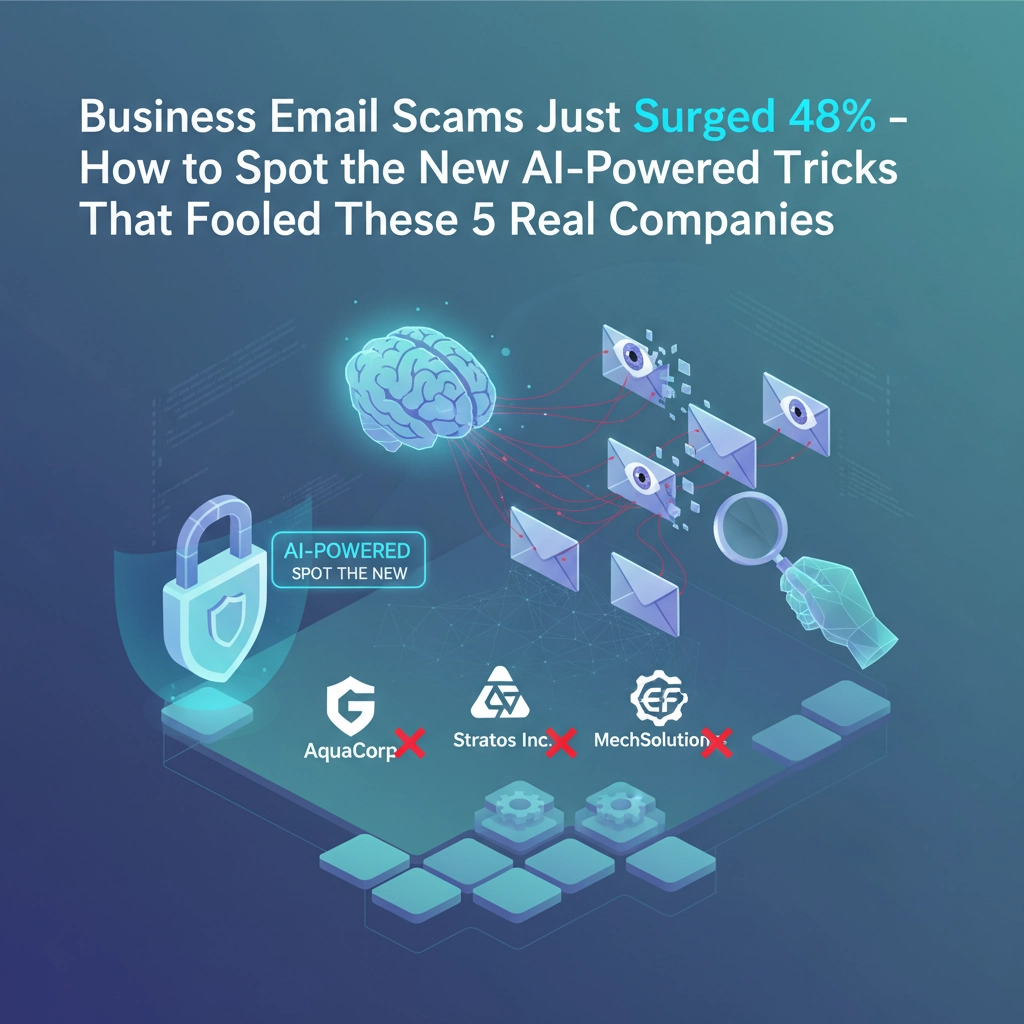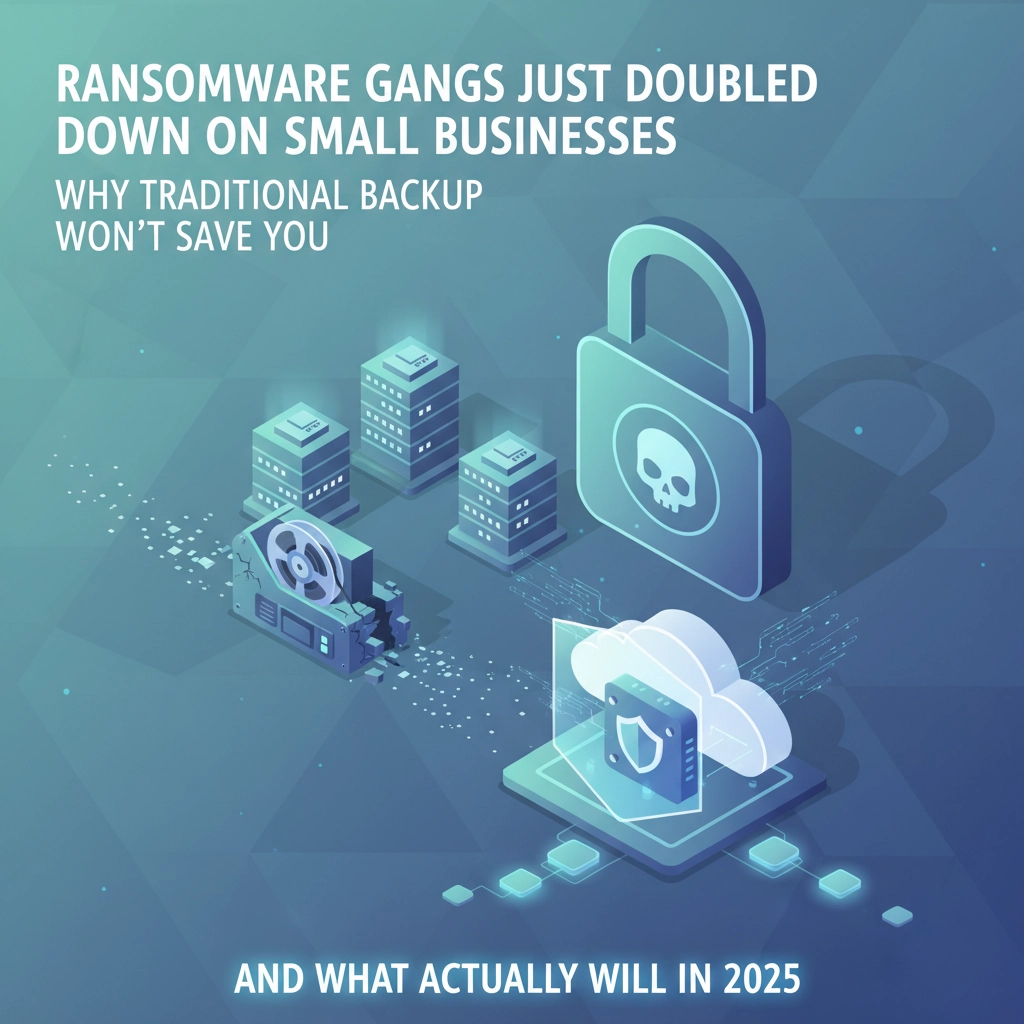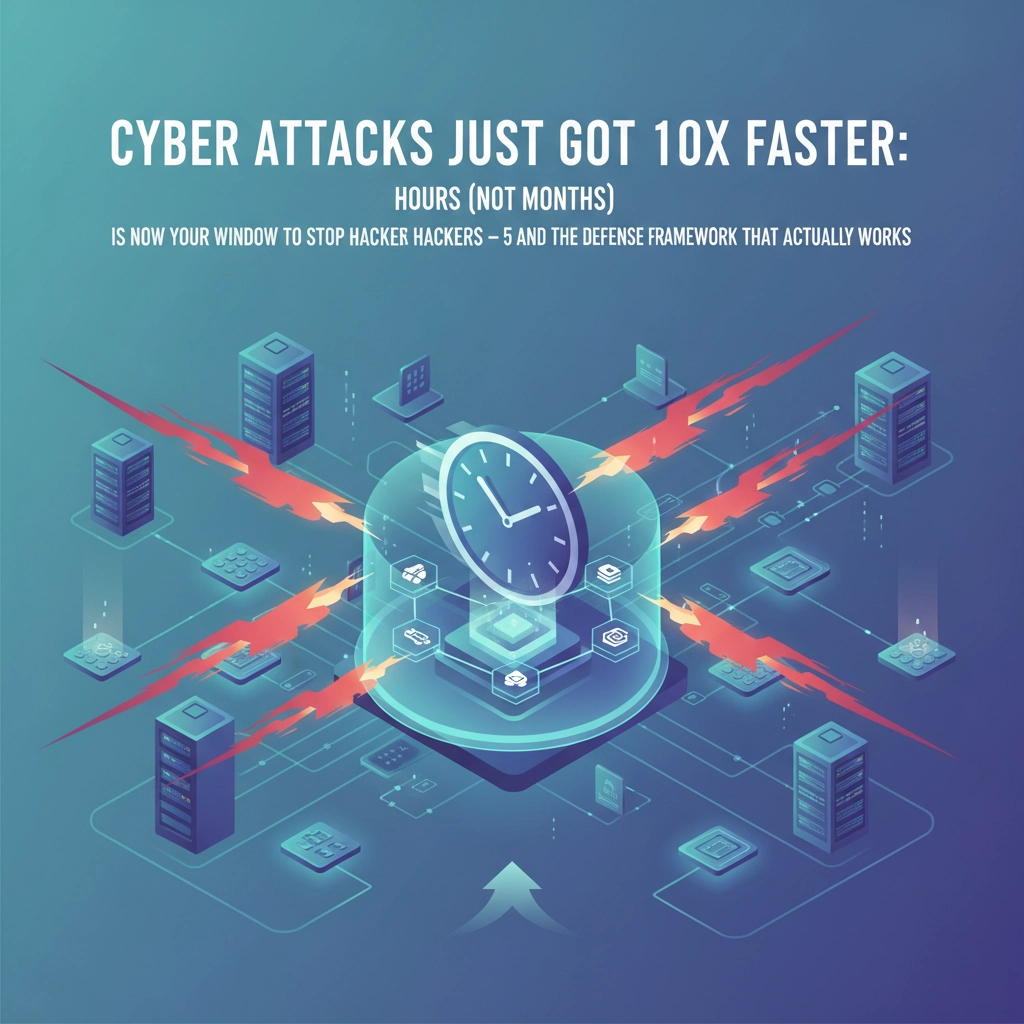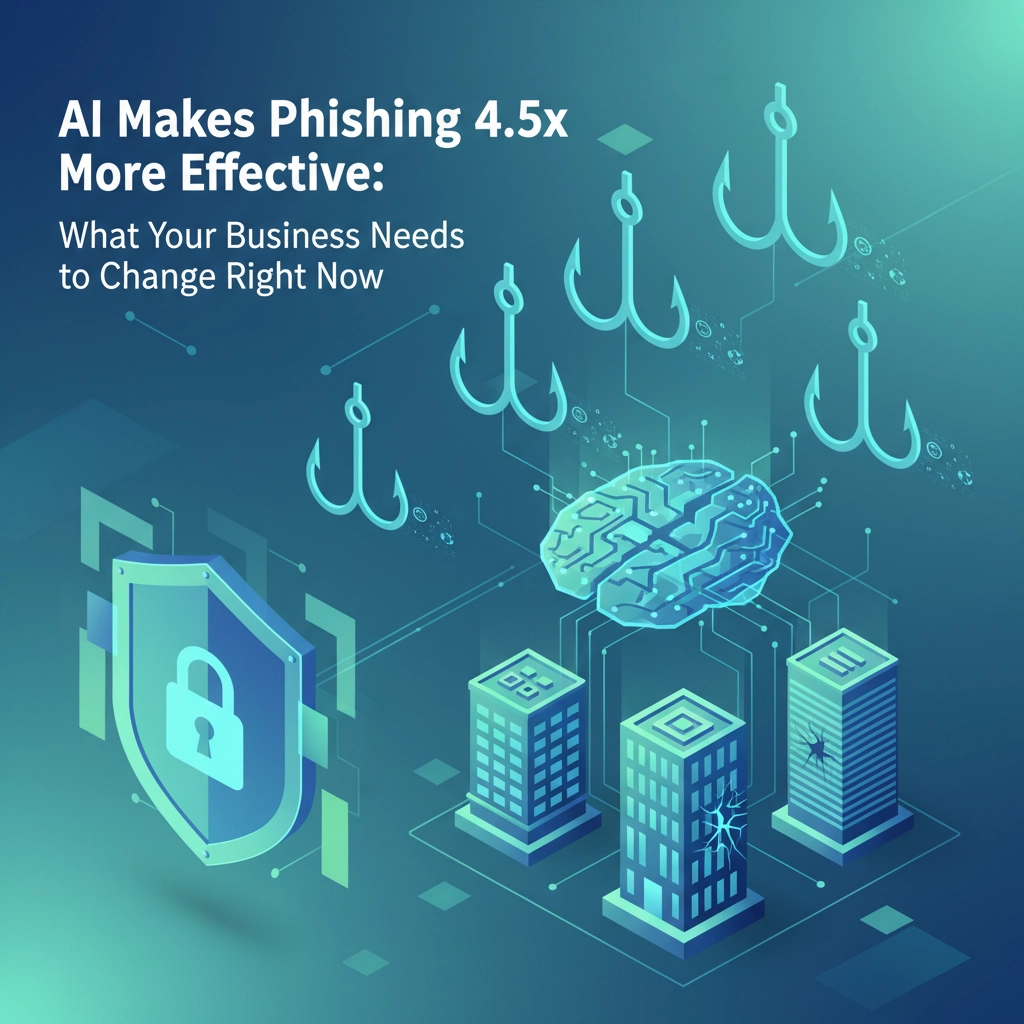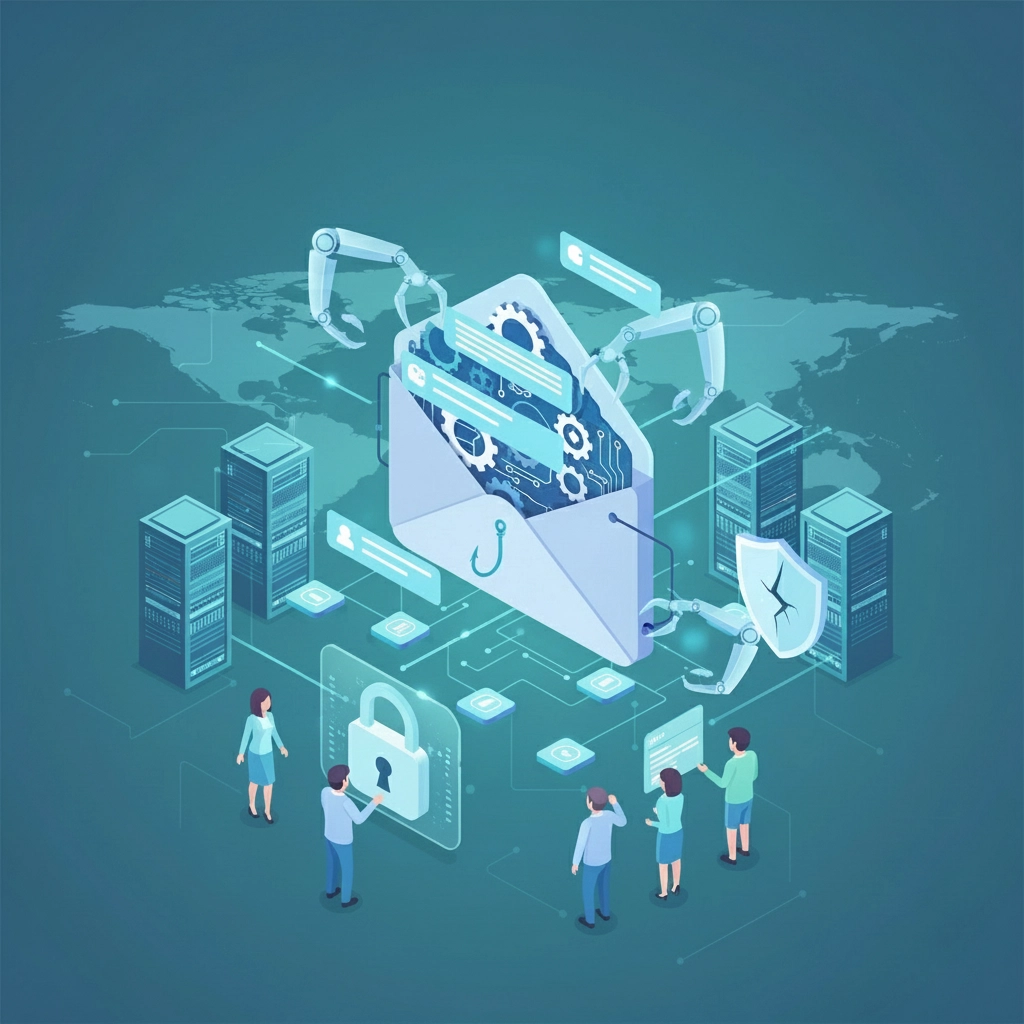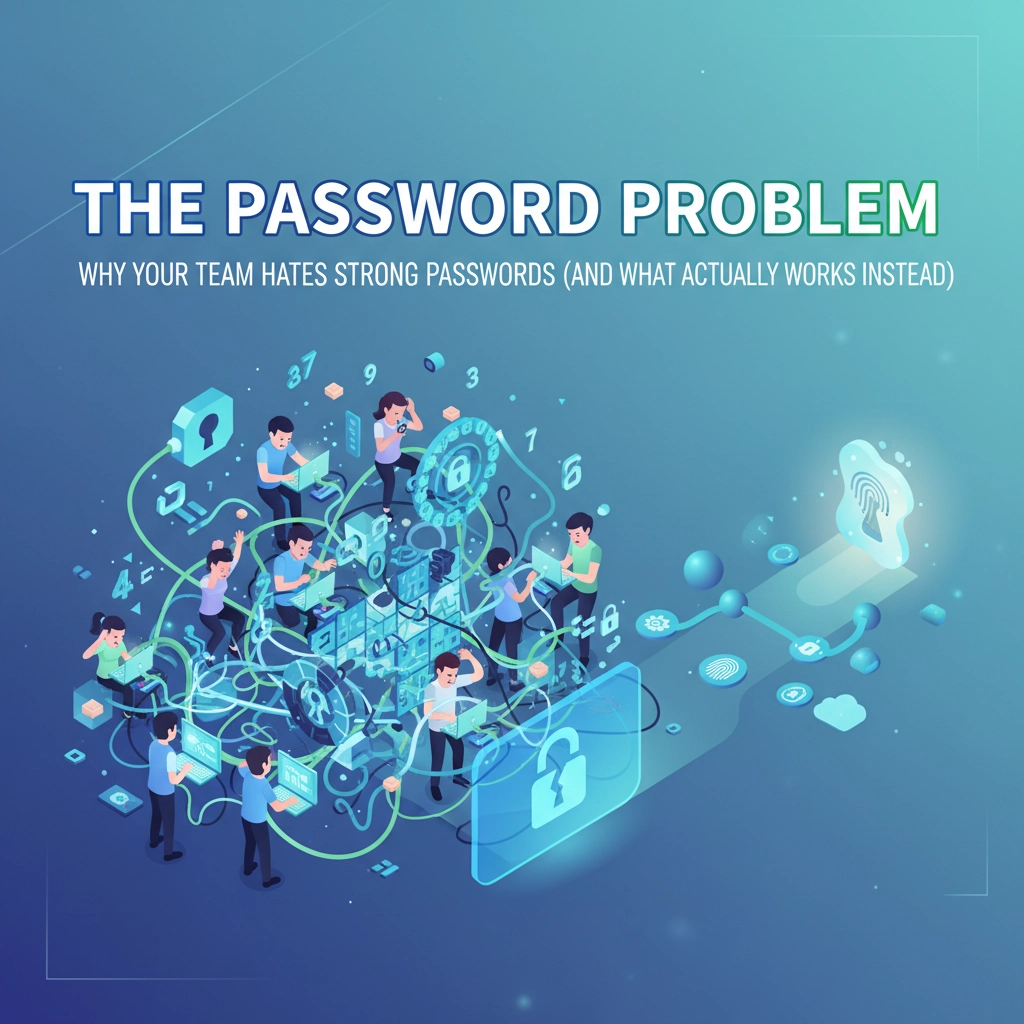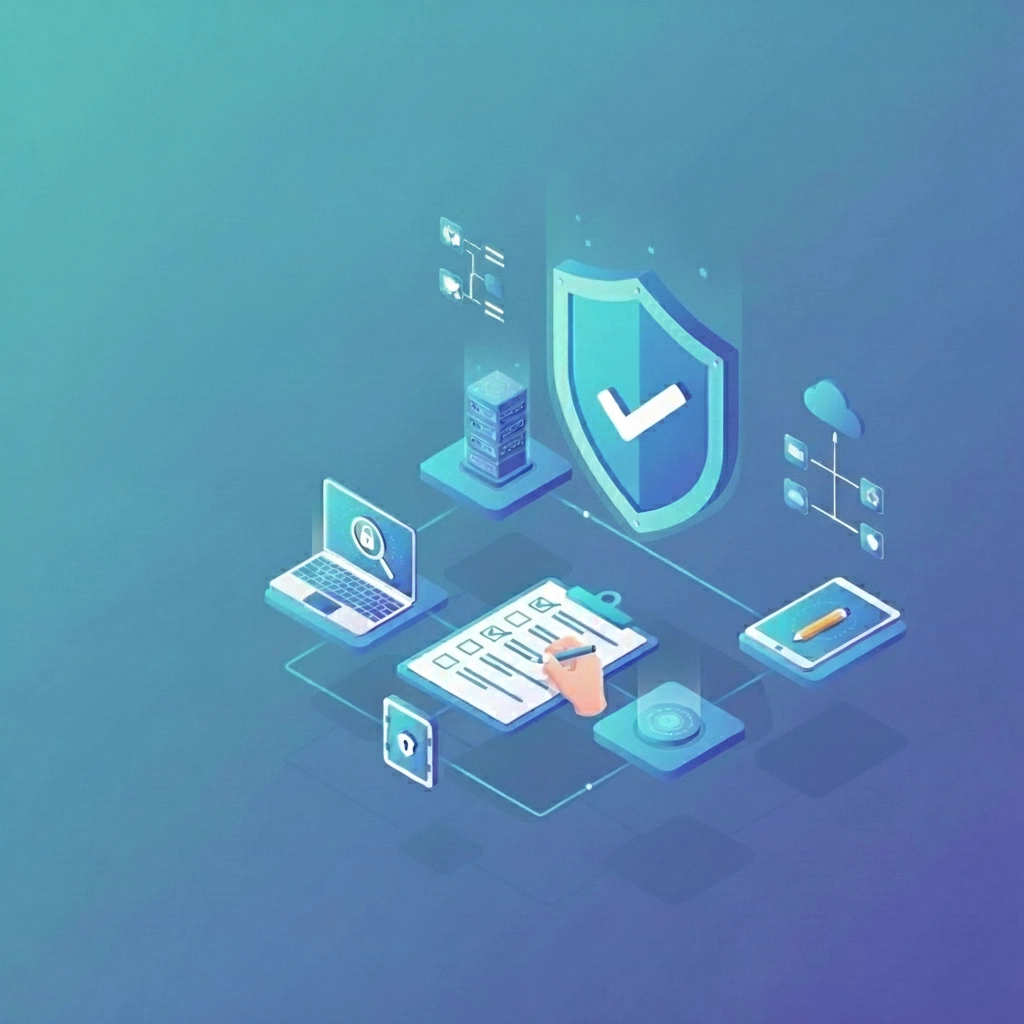Your inbox just became a battlefield, and the attackers are winning.
The numbers don't lie: email attacks have skyrocketed in 2025, with some security firms reporting increases ranging from 57% to 180% depending on the timeframe. Over 3.4 billion phishing emails hit inboxes daily, and the average employee now faces 29 phishing attempts every month.
But here's what's really scary – 68% of successful breaches still involve that human click. Despite years of "Don't click suspicious links" training, employees keep falling for increasingly sophisticated scams.
The problem isn't your people. The problem is that traditional security awareness training was built for yesterday's threats, not today's AI-powered attack machine.
Why Email Attacks Are Exploding Right Now

Three major shifts have turned email into cybercriminals' favorite weapon:
AI Makes Every Scammer Sound Professional
Gone are the days of obvious "Nigerian prince" emails filled with typos. Today's phishing emails are crafted by AI that can mimic your CEO's writing style, reference recent company news, and even adjust the tone based on your company culture. 80% of phishing attacks now use AI generation, making them nearly indistinguishable from legitimate communication.
Legitimate Domains Are Being Weaponized
The most dangerous attacks now come from compromised business accounts with clean reputations. Hackers compromise real companies, then use their trusted domains to send phishing emails that sail right through traditional security filters. When the email comes from a legitimate business domain, your spam filter waves it through.
Speed Beats Detection
The average phishing campaign now runs for 96 hours before it's detected and shut down. But most damage happens in the first few hours. By the time security systems catch up, the criminals have already collected hundreds of credentials and moved on to the next target.
Why Your Current Training Program Is Failing

Most companies approach email security like it's 2015. They run quarterly training sessions, send out simulated phishing emails, and call it done. But this approach has three fatal flaws:
One-Size-Fits-All Training Doesn't Work
Your finance team faces different threats than your sales team. Generic training that treats all employees the same misses the targeted attacks designed for specific roles. Accountants get fake invoice scams, while executives get urgent "wire transfer" requests.
Muscle Memory Fades Fast
That quarterly training session? Most employees forget 50% of it within a week and 90% within a month. When the real attack comes six months later, they're flying blind.
Fear-Based Training Creates Paralysis
Traditional training focuses on what not to do: "Don't click this, don't download that, don't trust anyone." This creates employees who are either paralyzed (afraid to do their jobs) or overconfident (thinking they can spot any scam).
The result? Companies spend thousands on training that provides a false sense of security while attacks sail right through.
The 3-Step Defense That Actually Stops Modern Email Attacks

Forget everything you think you know about email security. This isn't about more training or better spam filters. It's about building a defense system that works even when humans make mistakes.
Step 1: Make Authentication Bulletproof
Multi-factor authentication (MFA) isn't just a nice-to-have anymore – it's your emergency brake when everything else fails.
Enable MFA on every single business account, especially:
- Email accounts
- Banking and financial systems
- Cloud storage and collaboration tools
- Administrative accounts
But here's the key: use app-based authentication or hardware keys, not SMS. Text message codes can be intercepted, but authenticator apps create a much stronger barrier.
The math is simple: even if a phishing email steals your employee's password, MFA stops 99.9% of automated attacks in their tracks. It's the difference between a minor inconvenience and a business-ending breach.
Step 2: Build Real-Time Verification Into Your Workflow
This is where most companies get it wrong. Instead of trying to train employees to spot every scam, build verification directly into your business processes.
Create Simple Verification Rules:
- Any financial request over $1,000 requires phone confirmation
- Password reset requests get verified through a separate channel
- Urgent requests from executives get confirmed via internal chat
- Vendor payment changes require two-person approval
Make Verification Easy:
Don't create a bureaucratic nightmare. Use your existing communication tools – Slack, Teams, or just a quick phone call. The goal is to make verification faster than falling for a scam.
Train for Verification, Not Detection:
Instead of teaching employees to identify phishing emails, teach them when and how to verify suspicious requests. This shifts the focus from "spot the fake" to "confirm the real."
Step 3: Deploy Behavior-Based Email Security

Traditional email filters look for known bad domains and obvious red flags. Modern attacks bypass these easily. You need security that watches for suspicious behavior patterns instead.
What Behavior-Based Security Catches:
- Emails that mimic your executives' communication patterns
- Sudden changes in vendor payment instructions
- Urgent requests that bypass normal approval workflows
- Links that redirect to credential harvesting sites
The AI Advantage:
Modern email security uses machine learning to understand your organization's normal communication patterns. When something doesn't fit – even from a trusted domain – it flags the anomaly for review.
Research shows that organizations combining AI-powered email security with behavior-based threat detection can reduce phishing risk by more than 85% in just one year. That's not gradual improvement – that's transformation.
Making It Work: Implementation That Sticks

The difference between companies that succeed with this approach and those that fail comes down to implementation:
Start with High-Risk Scenarios
Don't try to protect everything at once. Identify your three biggest email-based risks (usually financial transfers, credential resets, and executive impersonation) and build verification processes around those first.
Make It Cultural, Not Just Technical
The most secure companies treat verification as a sign of professionalism, not paranoia. When your CEO publicly praises someone for verifying a suspicious request, you're building the right culture.
Measure What Matters
Track verification rates, not just click rates on simulated phishing emails. Success means employees are using your verification processes, not just avoiding obvious scams.
Keep Evolving
Attackers adapt fast. Review and update your verification processes quarterly. What worked against last month's scams might not stop next month's innovations.
Your Next Move
Email attacks aren't slowing down – they're accelerating. While other companies stick with training programs designed for yesterday's threats, you can build a defense system that actually works against today's AI-powered attacks.
The question isn't whether your organization will face sophisticated email attacks. The question is whether you'll be ready when they arrive.
Ready to move beyond hope-based security? Contact B&R Computers to discuss how we can help implement behavior-based email security that protects your business without slowing down your team. Because in 2025, good enough isn't good enough anymore.

